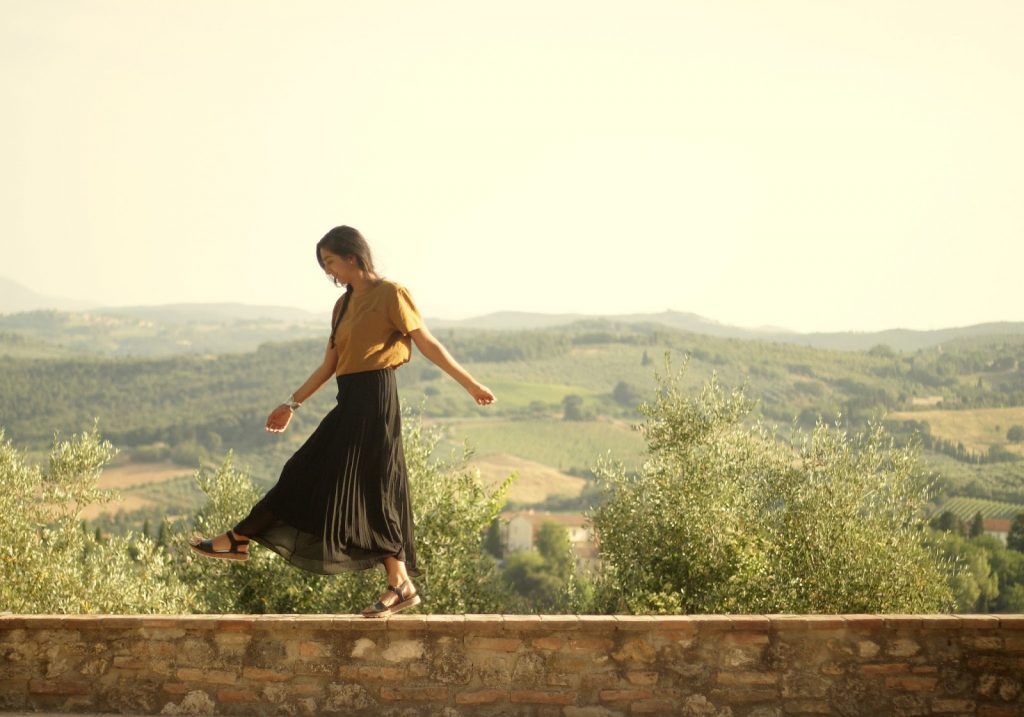
by Aditi Mayer – Follow @browngirlmag
This post was originally posted on adimay.com.
For many, 2016 has become a year synonymous with dread. You know what I’m talking about: your idols are dead, your enemies in power. As much as the year may have sucked socially, culturally, and politically, 2016 was one hell of a year for me personally. One of those years where your sense of self grows, hard work materializes into goals achieved, and a lot of travel.
Now with another rotation around the sun, we look to the future with a sense of forced optimism. New year, new me. However, this post is not about a list of resolutions. It’s a moment to reflect on the travels of 2016.
Blood, sweat, and tears too, but here’s a roundup highlighting the good times with high levels of visual escapism. Somehow, this girl managed to find herself in six countries last year and is now sharing her travel photos the same way she unpacks after trips: about 3 months after coming home.
So here we are. In light of 2017, I’m here to recount 12 lessons learned across the globe in 2016.
1. La Paz, Mexico: On community and oceans.
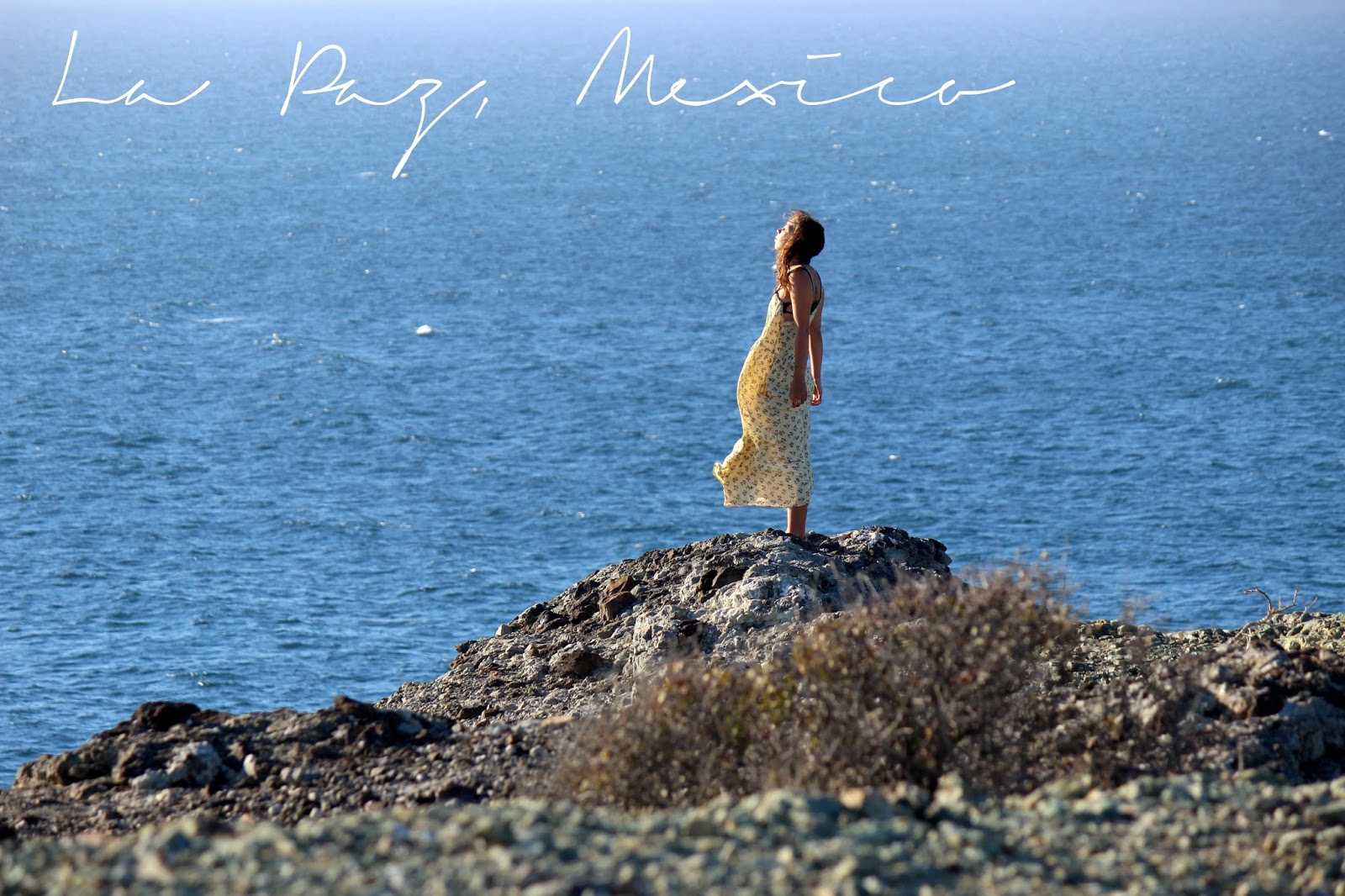
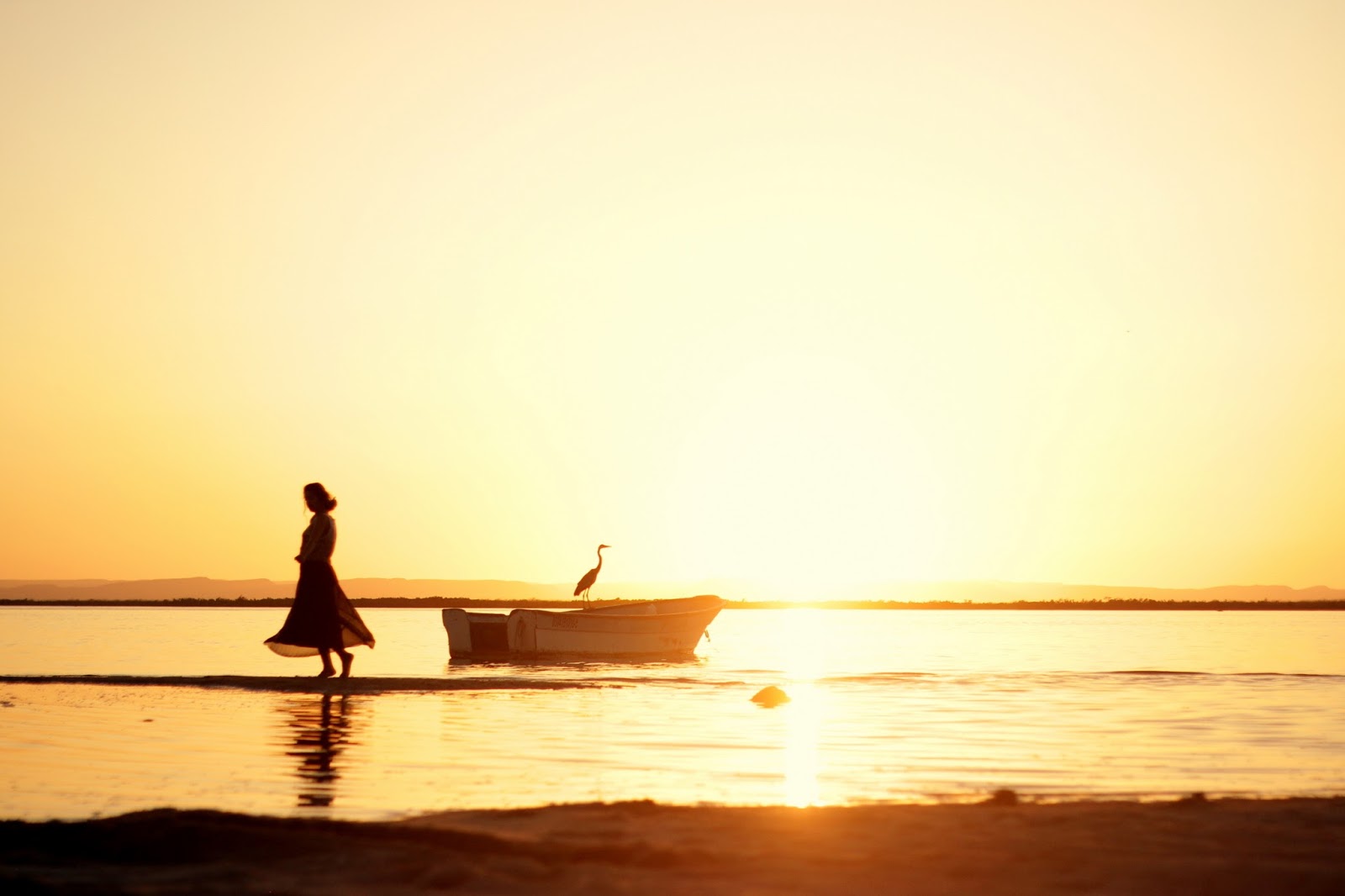
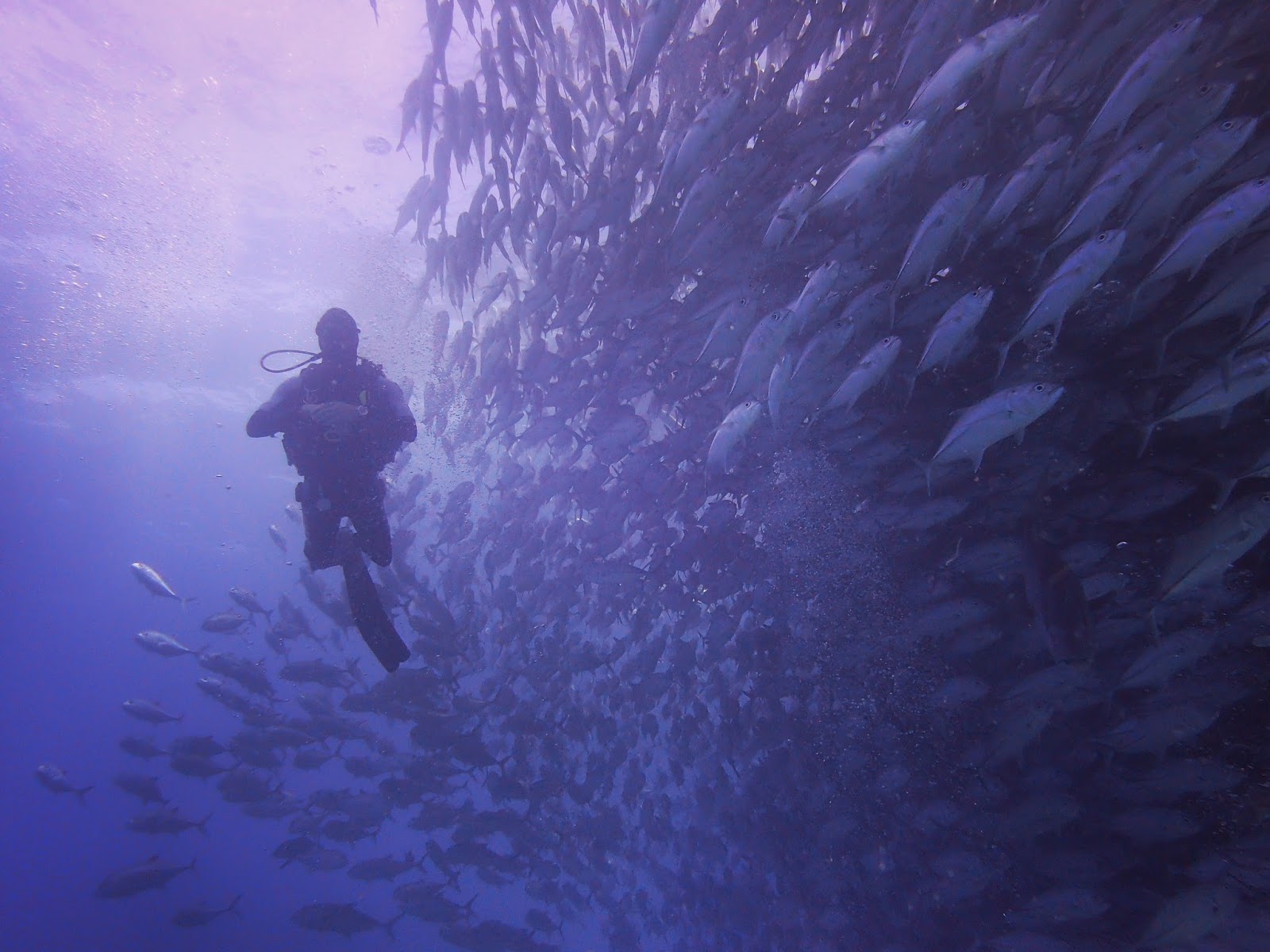
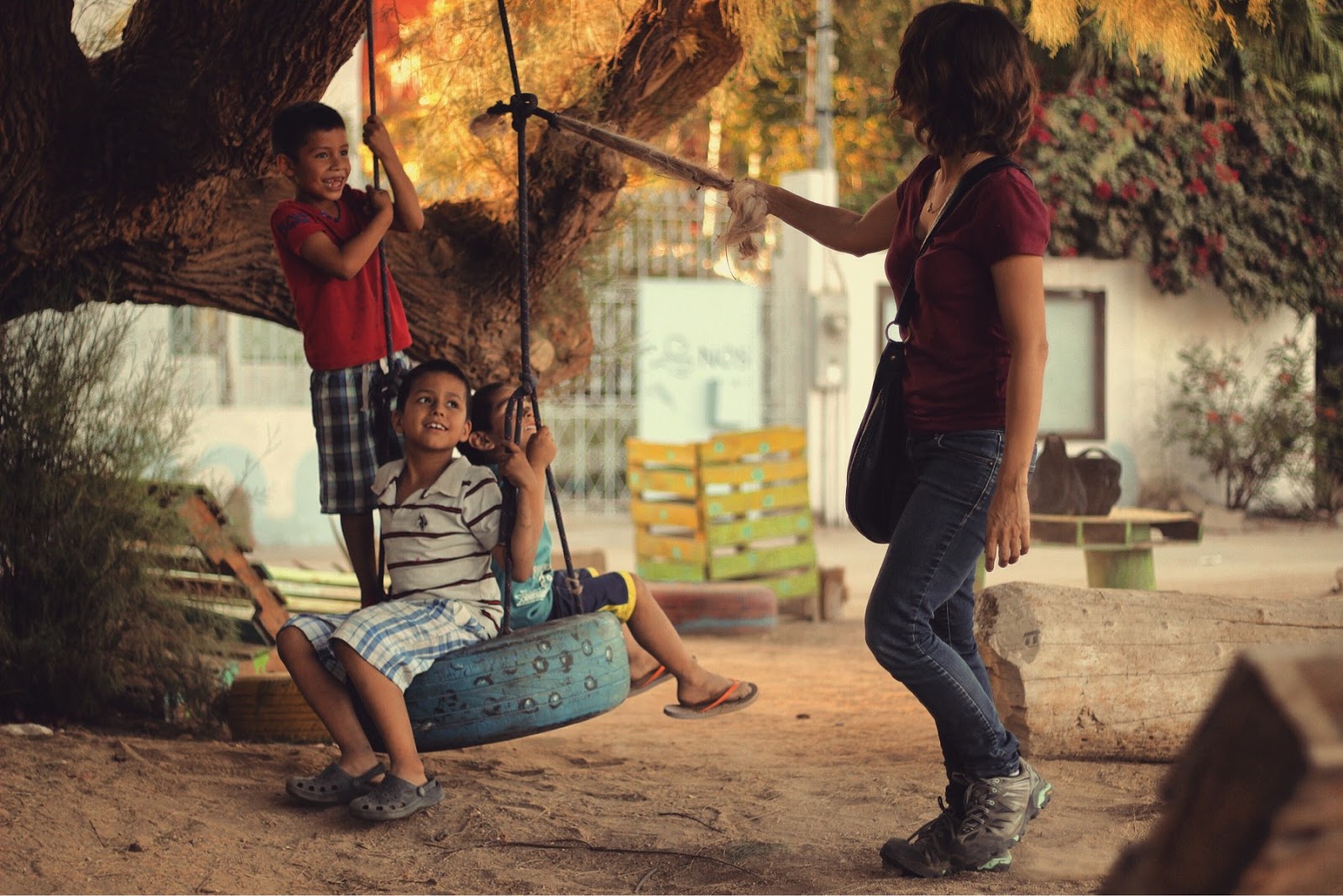
The journey abroad started with an escapade down south to Mexico, where I lived a little over a month to complete research in the field of girl’s education and urban development. However, each weekend, and after many long days on the field, I found myself indulging in ocean activities. As a girl who feared deep waters, I barely knew how to swim until then.
La Paz now frames some of the most amazing moments in a parallel world: the ocean. Swimming with whale sharks, sea lions, schools of fish, etc; camping on empty island shores (a night with so much wind that you and the girls end up sleeping outside the tent only to wake up on the sands to a glorious sunrise); sleeping under a thunderstorm; swimming in watering holes to hot springs—Mexico was by far one of the most diverse experiences for the senses.
Beyond these adventures, Mexico gave way to some amazing connections with amazing community members— some of the most passionate souls knew about everything from sustainability and community development to environmental conservation (and taking initiative to start projects in their community). In retrospect, an extremely important experience in seeing the ways academia can meet ‘real world’ application.
All in all, Mexico was really important in prefacing the adventures to come in Europe, reiterating the idea that adventure lies at the end of your comfort zone (oh god, what a cliche. But lawd knows it’s true). And adventure begins when you decide to travel.
2. Rome, Italy: On a temporary home saturated with art and history. Note to self: Ingest more art.
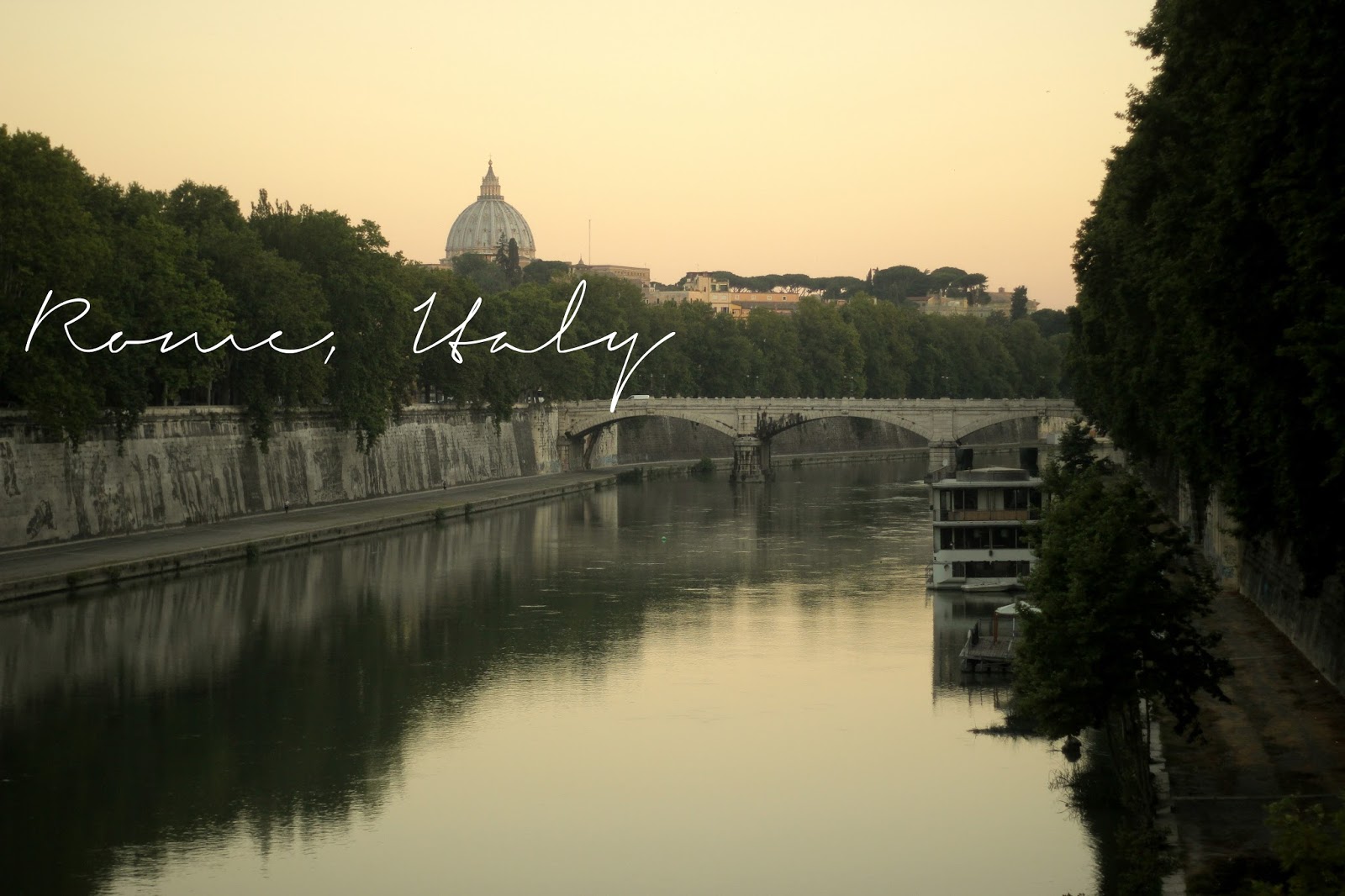
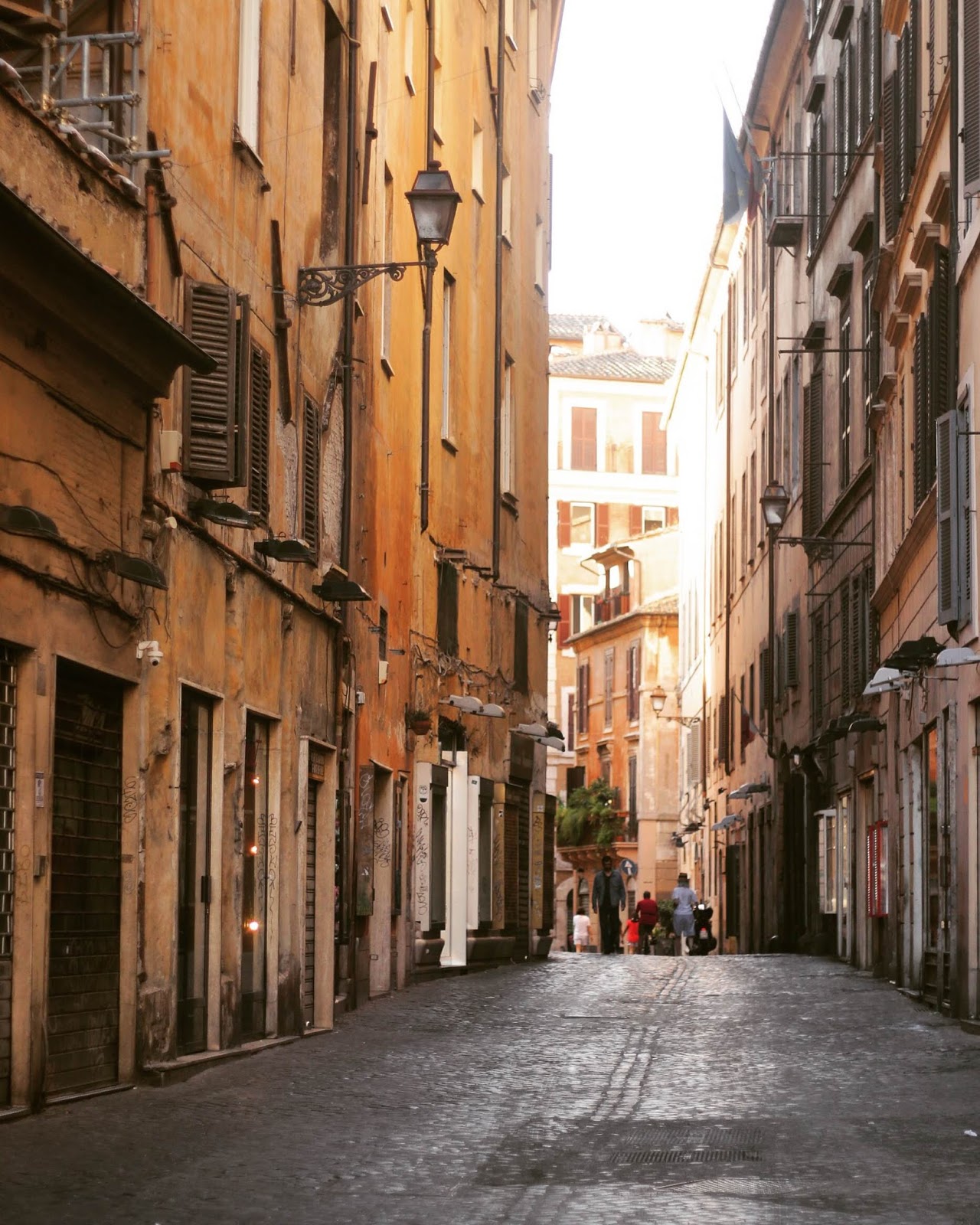
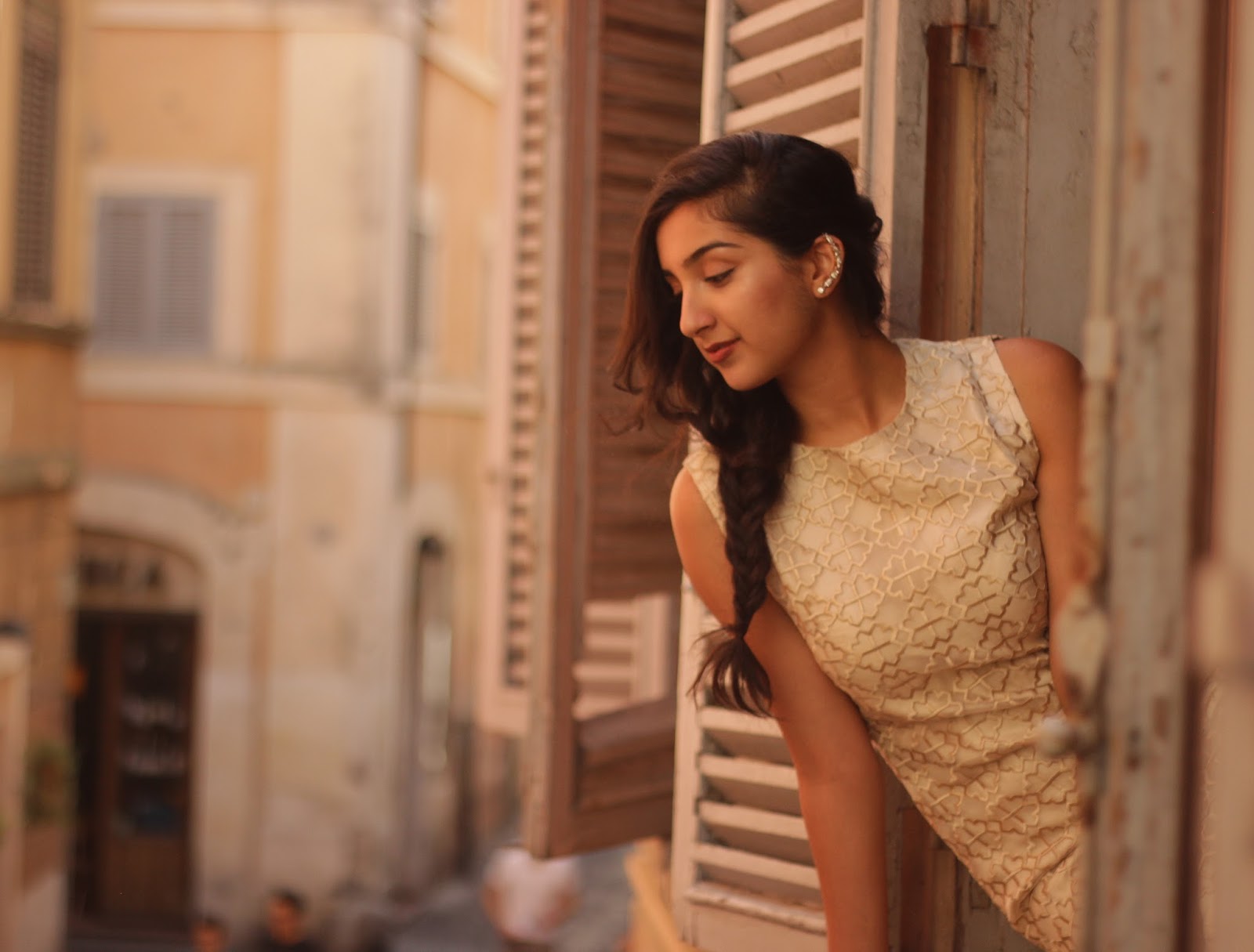
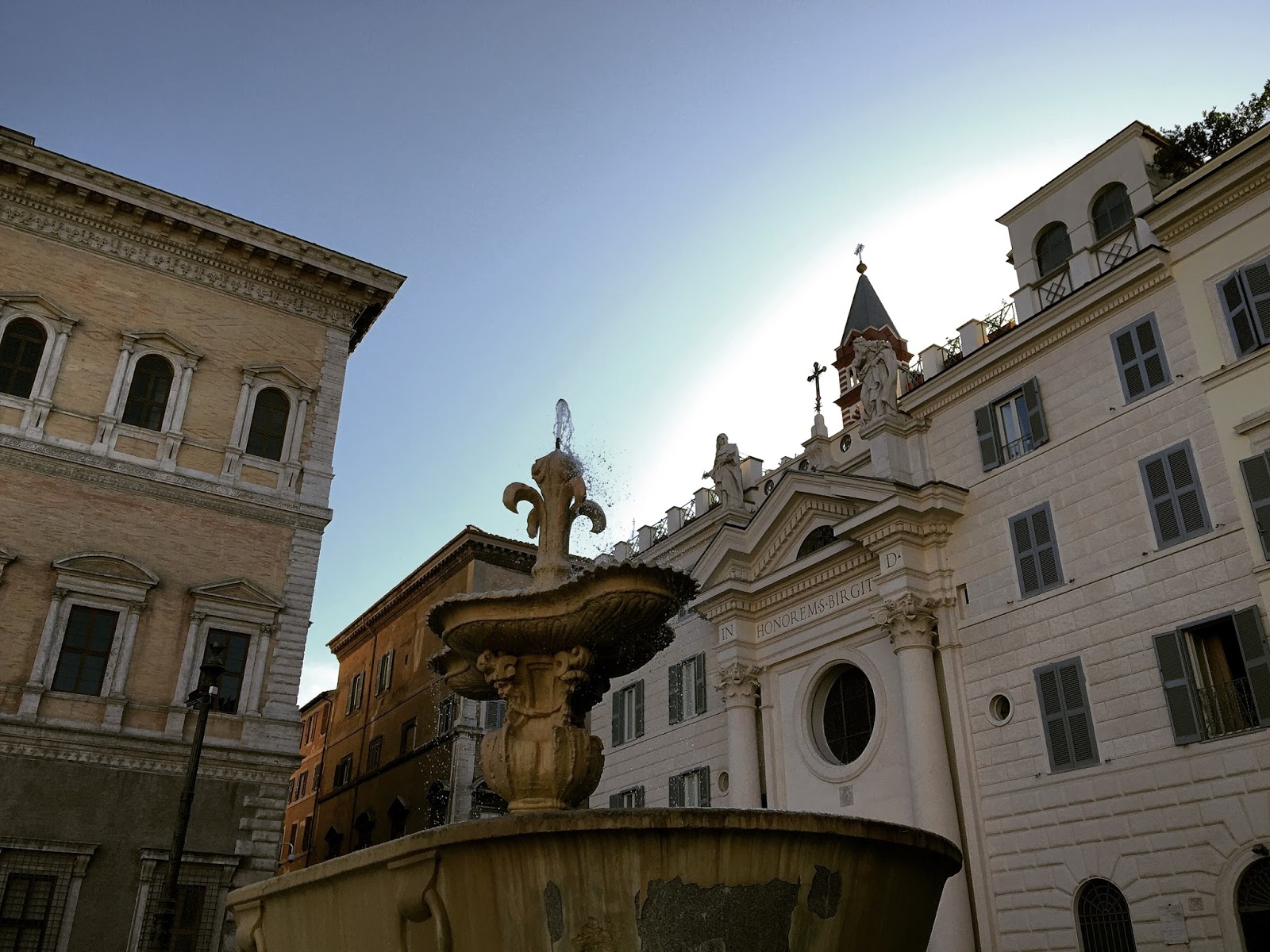
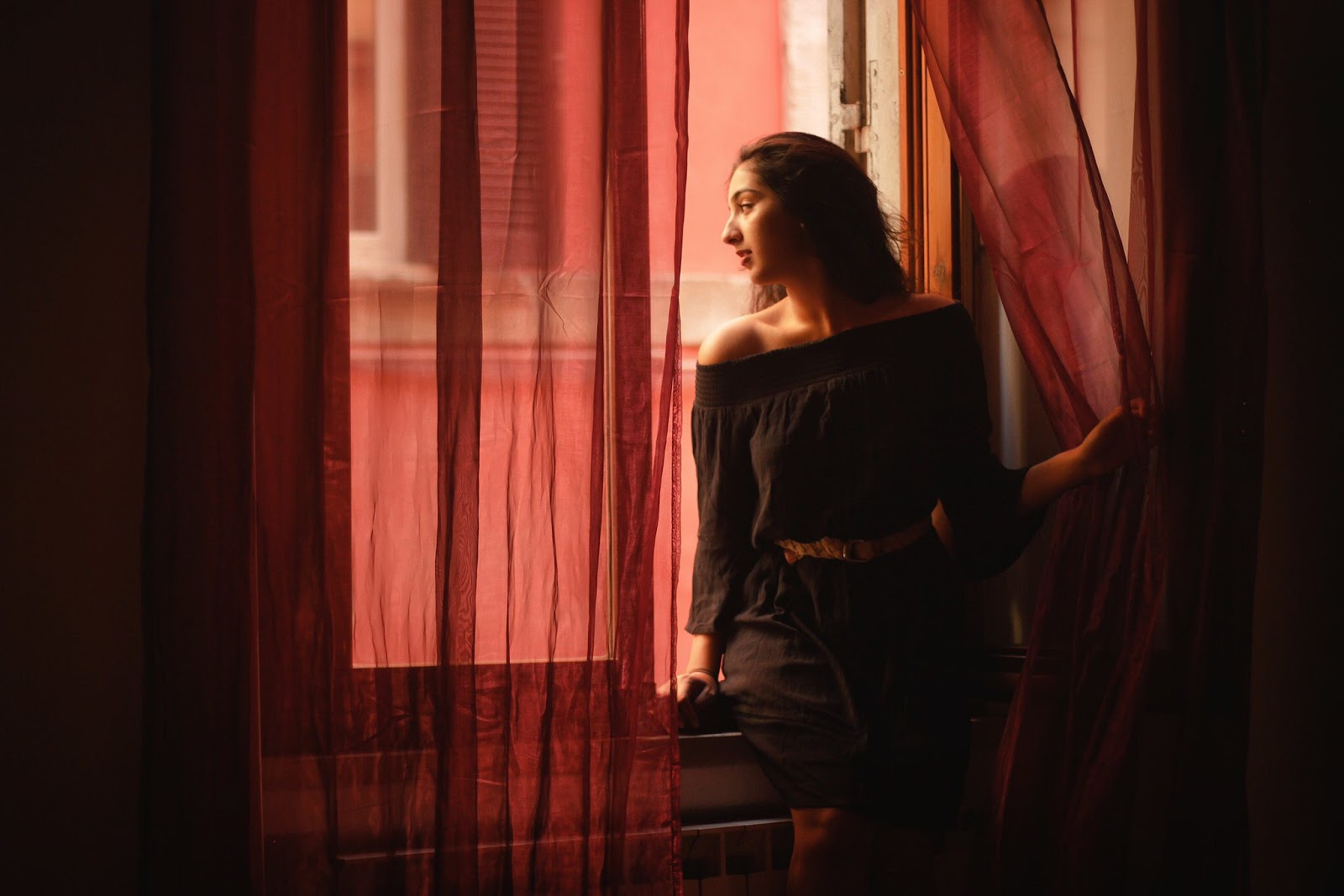
A few weeks later, the next adventure came by way of a scholarship with UCLA (a big win) which meant Rome would be home for about a month whilst studying Ancient Roman history and monuments.
First came the aesthetic overload (and appreciation) that characterizes Italy at large. You know, checking into an apartment with billowing red curtains and traditional style windows overlooking the alley in front of you, stationed in front of a local market, a 10-minute walk from the Colosseum/Pantheon, etc.
Class soon began which proved demanding with long morning and evening lectures in the intense heat, and with multiple site visits per day—there was actually a point where countless basilicas, museums, and monuments (all treasures of the ancient world) become mundane.
But at other points, you realize the majesty of it all—sometimes, it takes summiting Mount Vesuvius and at other points, it’s literally interacting with history through new digital humanities exhibits.
Internal note to self:
Ingest more art. Don’t become desensitized. Always travel.
3. Ischia, Italy: On the untouched.
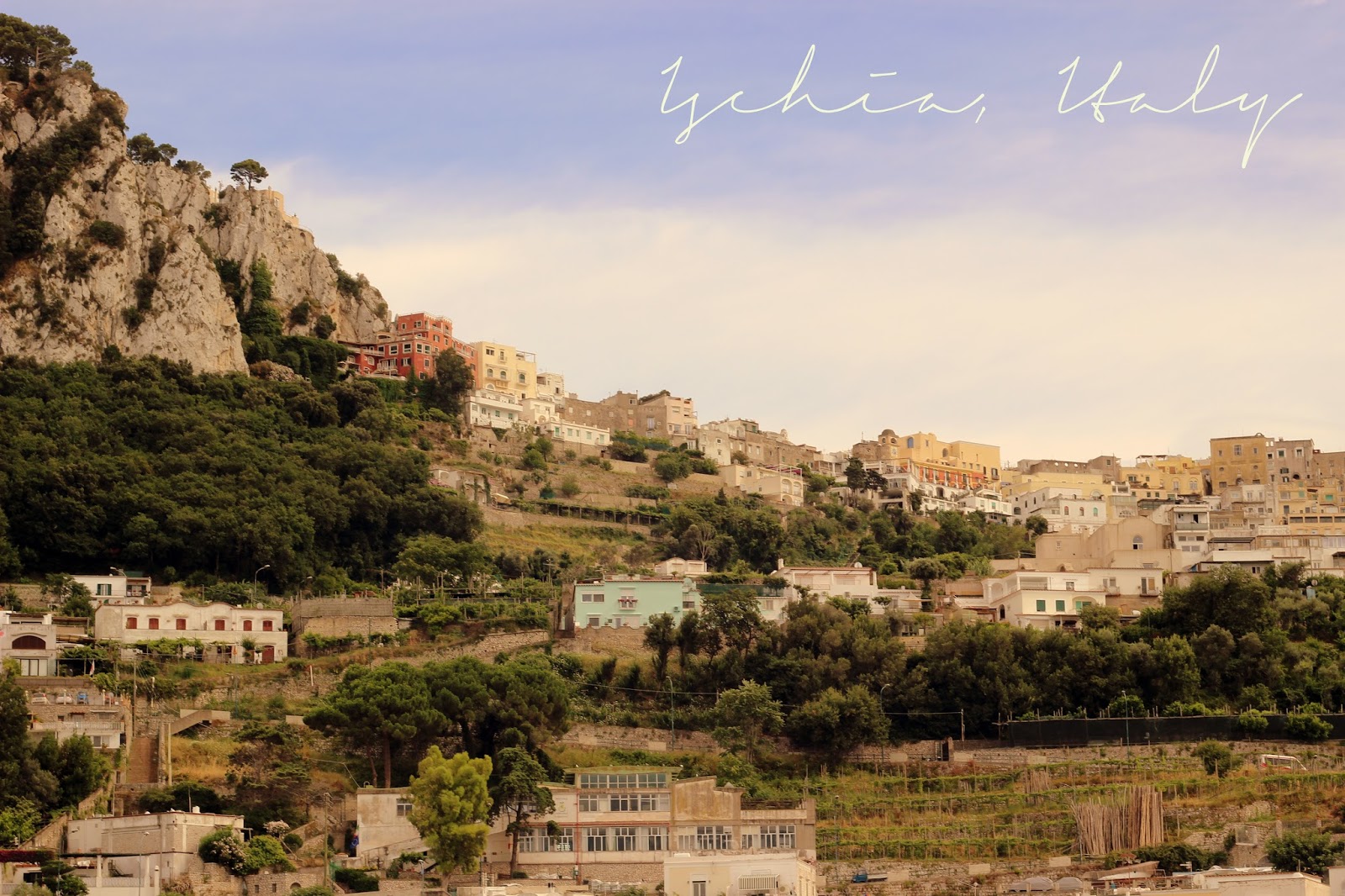

Okay, so Ischia is definitely not untouched. But frankly, I didn’t know it existed until setting foot on the island, which is the lesser known sister of the Isle of Capri.
The trip took place during the History program and was a quick preview of Italian gems that were different from metropolises like Rome.
4. Florence, Italy: On the finer things.
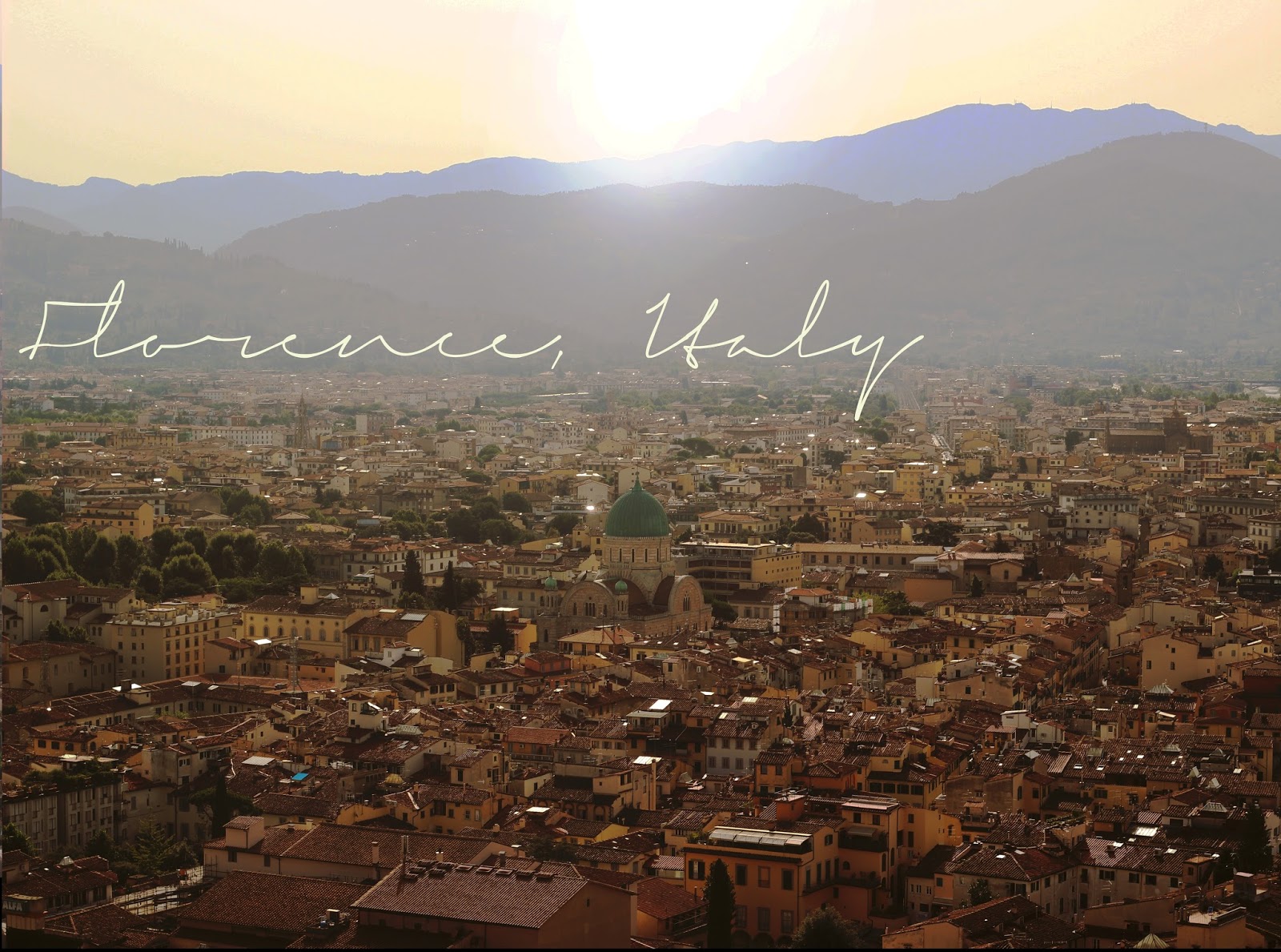
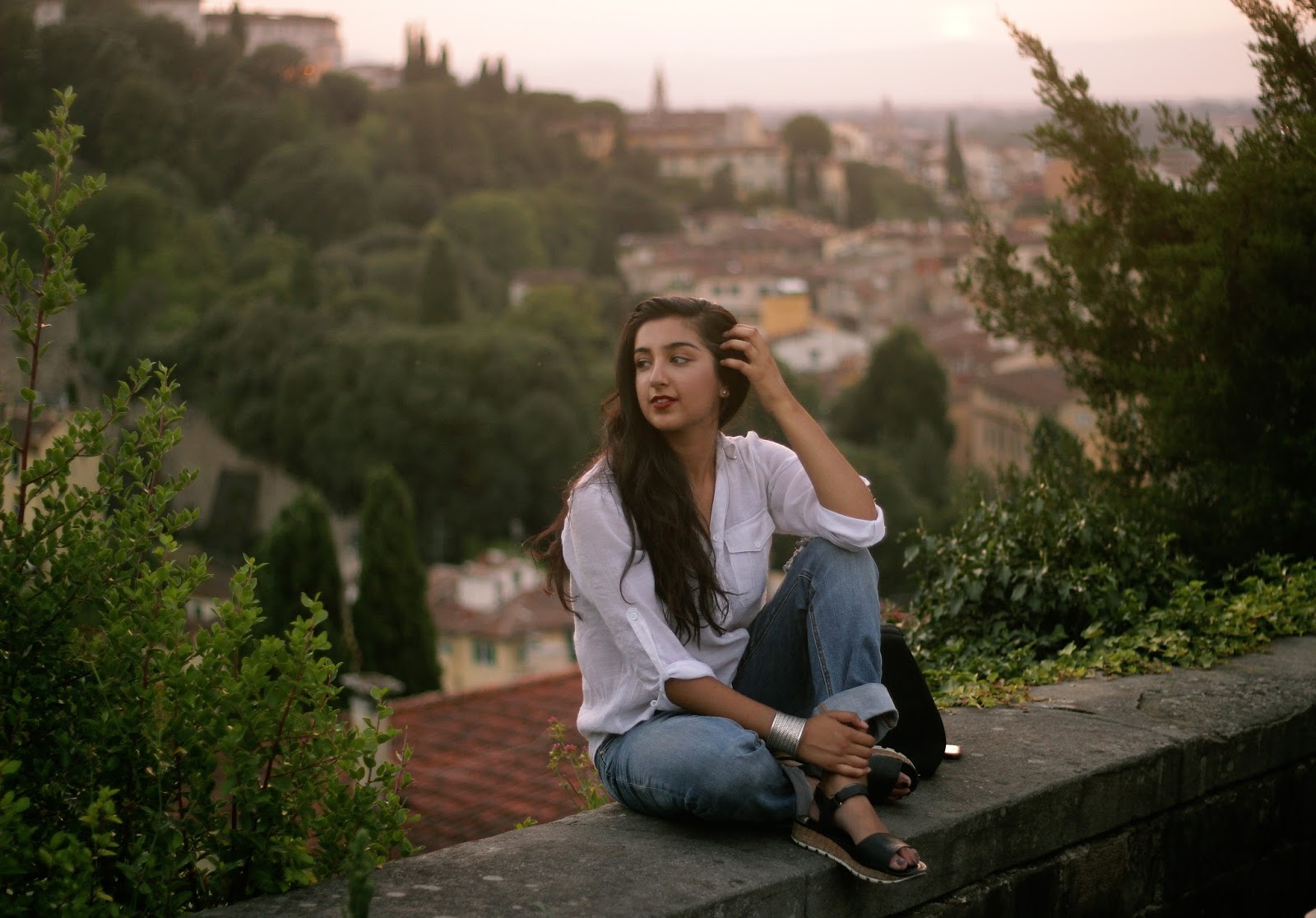
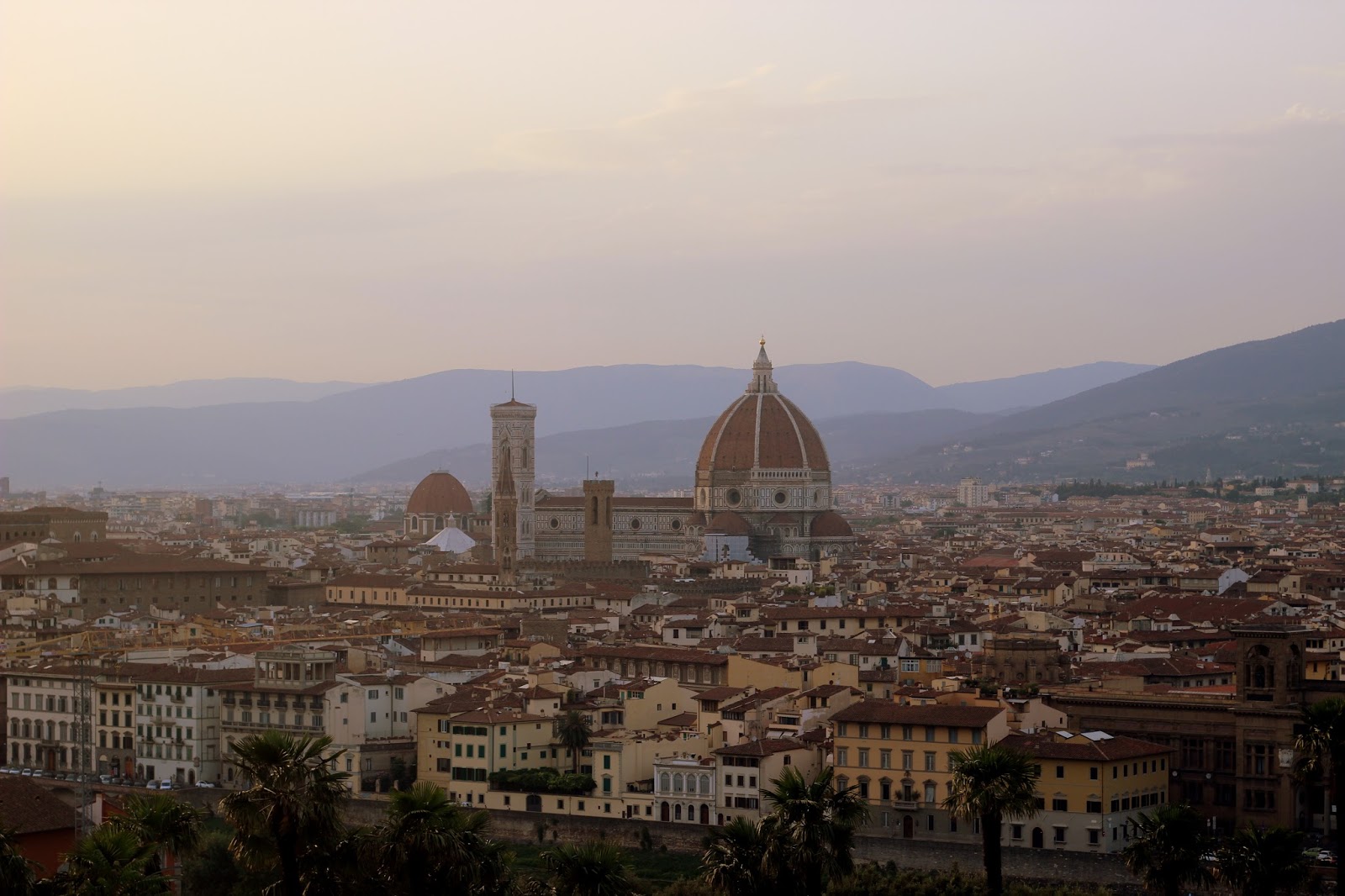
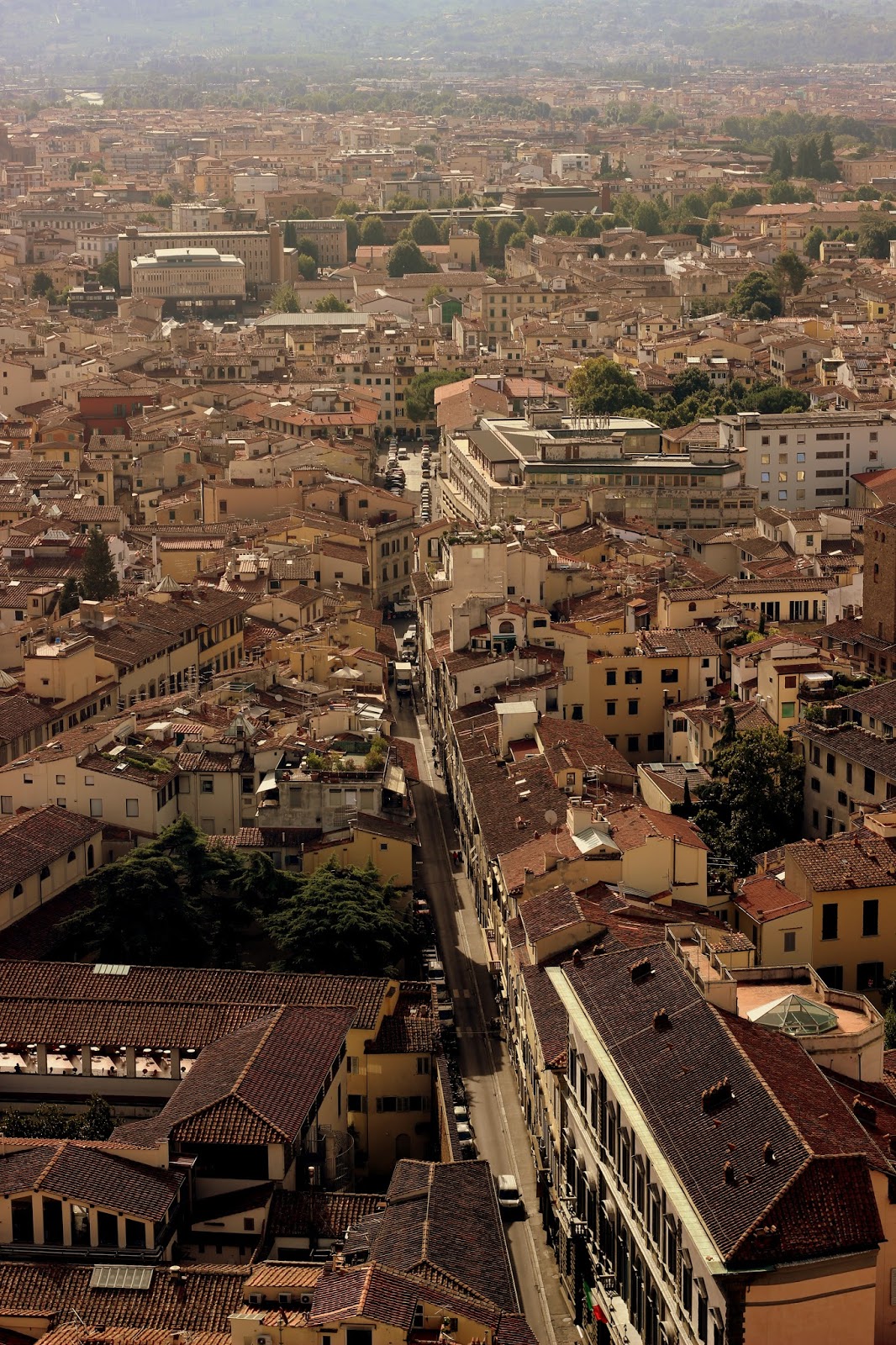
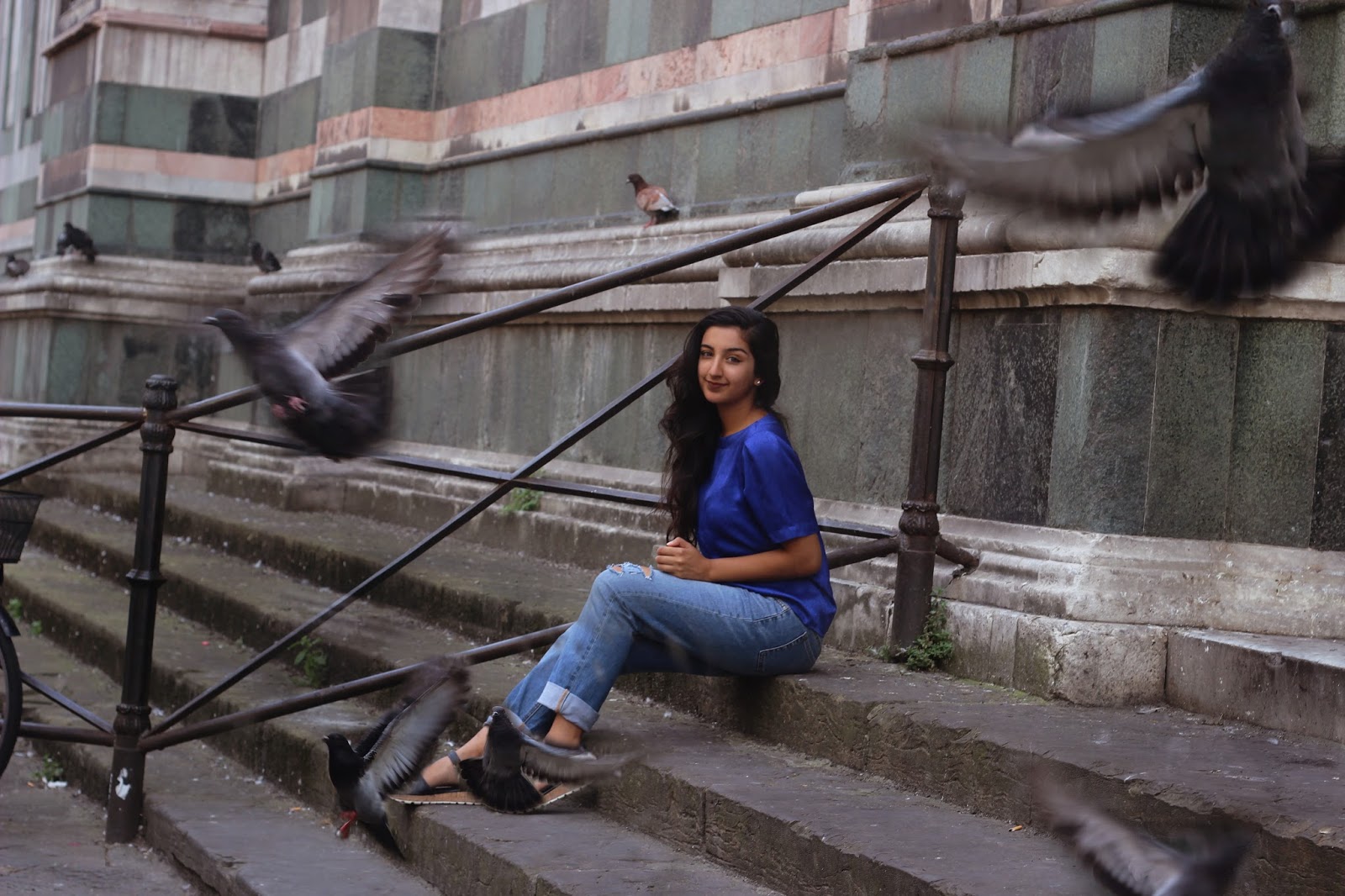
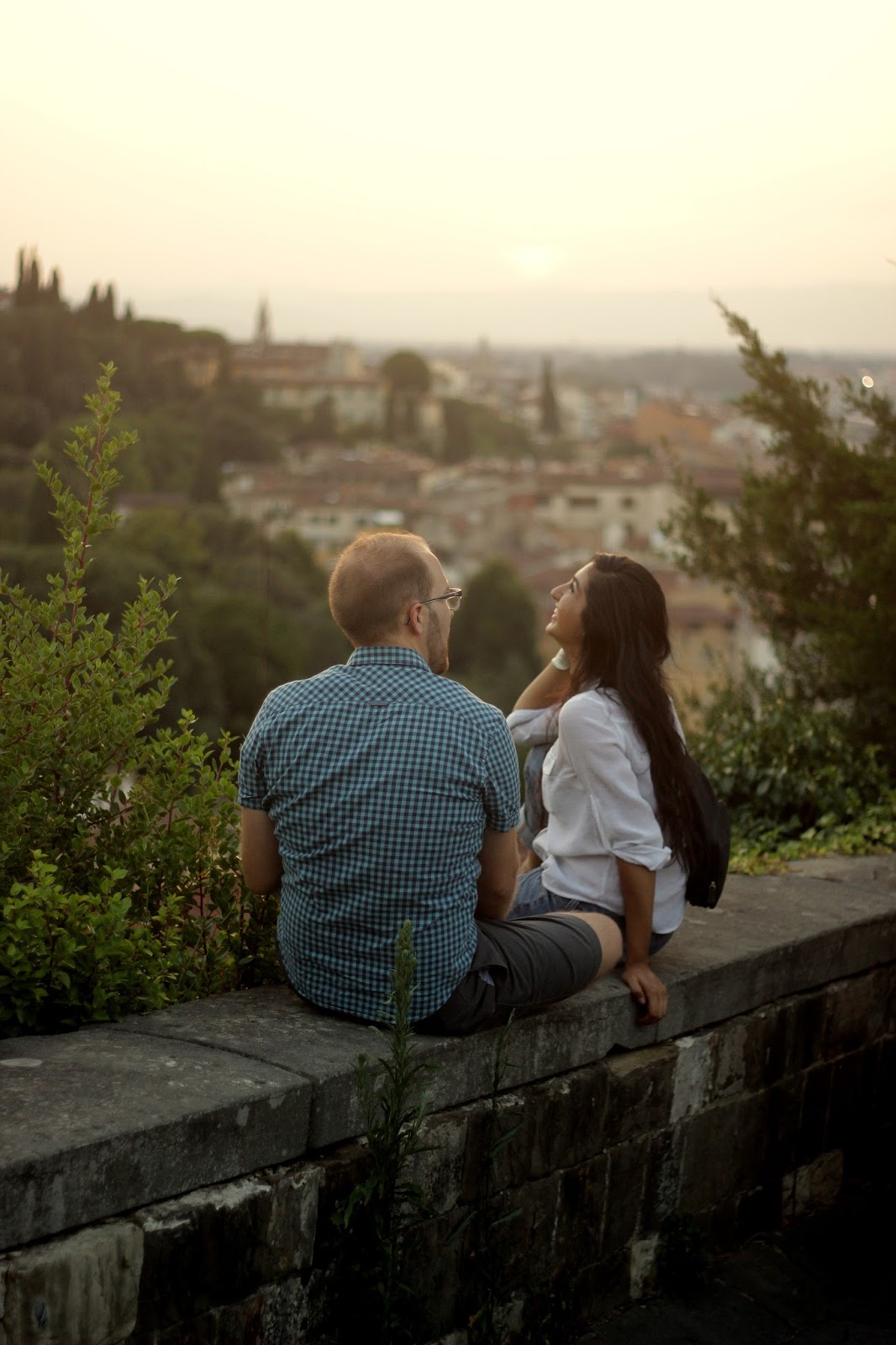
Once the program in Rome ended, Florence marked the first location in my friend Zehra and I’s backpacking trip (the one we had absolutely zero prior planning/experience for—hooray!). We headed to Florence because I knew someone there (someone I had met by chance a month earlier at an anti-Trump rally—life works in strange ways), and that was John, pictured above.
Having studied there in the past, John knew Florence like the back of his hand, and we spent time with his former host family, which meant amazing Italian food after weeks of peasant eating during the Rome program. Exploring the city with a seasoned native made all the difference, and definitely won in the Rome versus Florence debate. Maybe it was the leisure with which we roamed the city (no need to memorize monuments for the sake of the final), the quieter streets or the cradle of the Renaissance housed in every corner.
5. Tuscan Countryside, Italy: On observing from the outside.
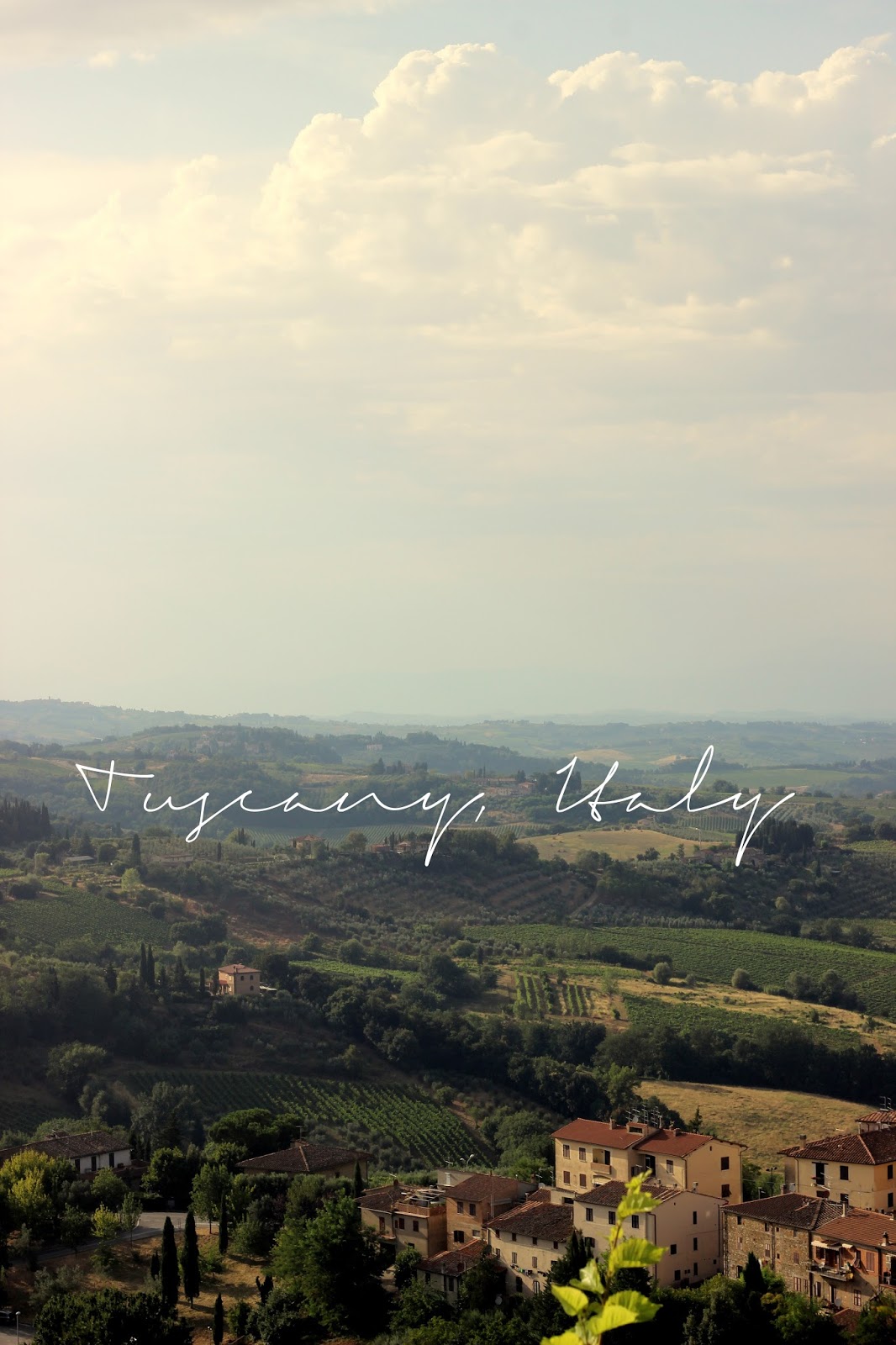
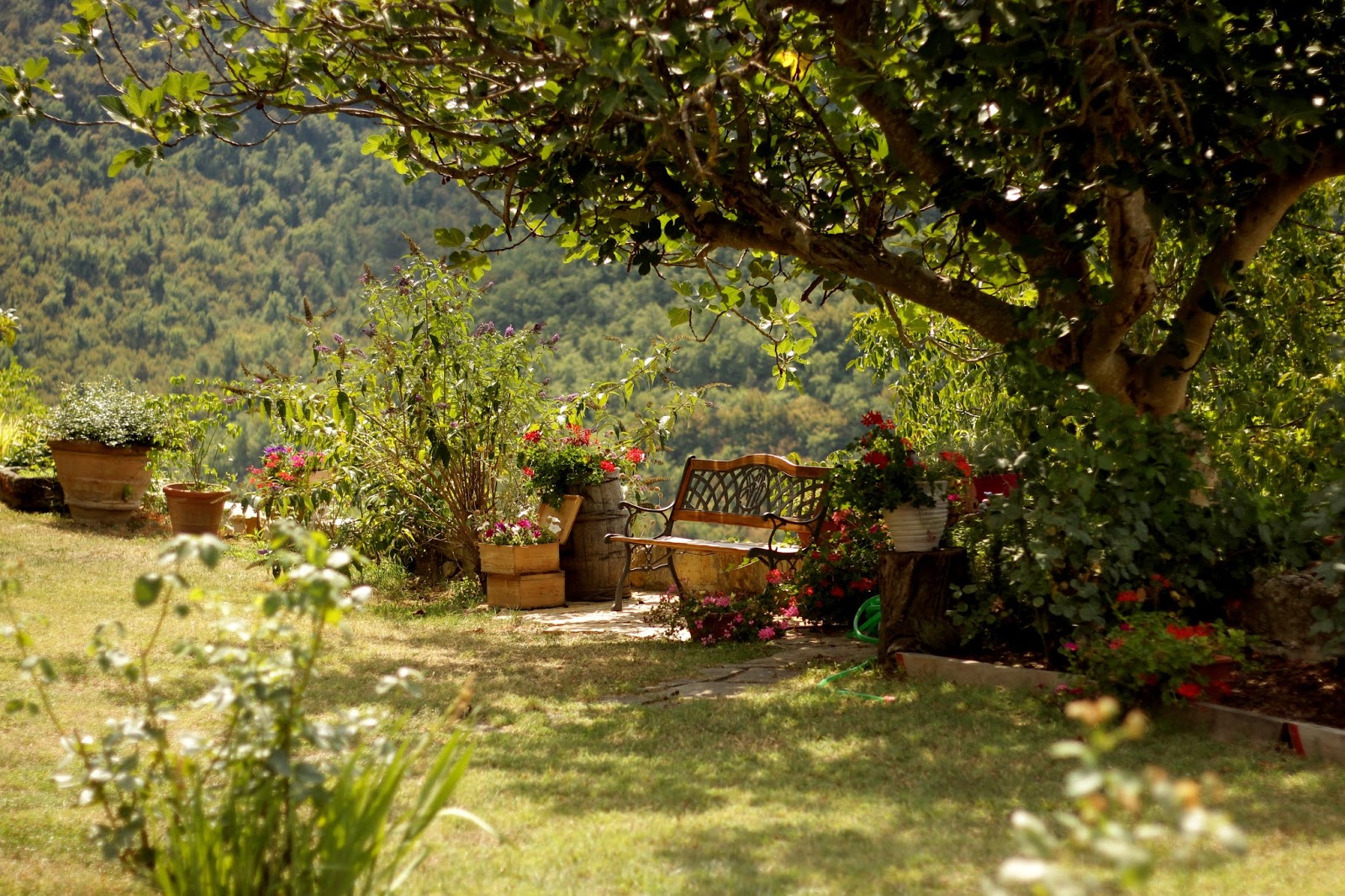
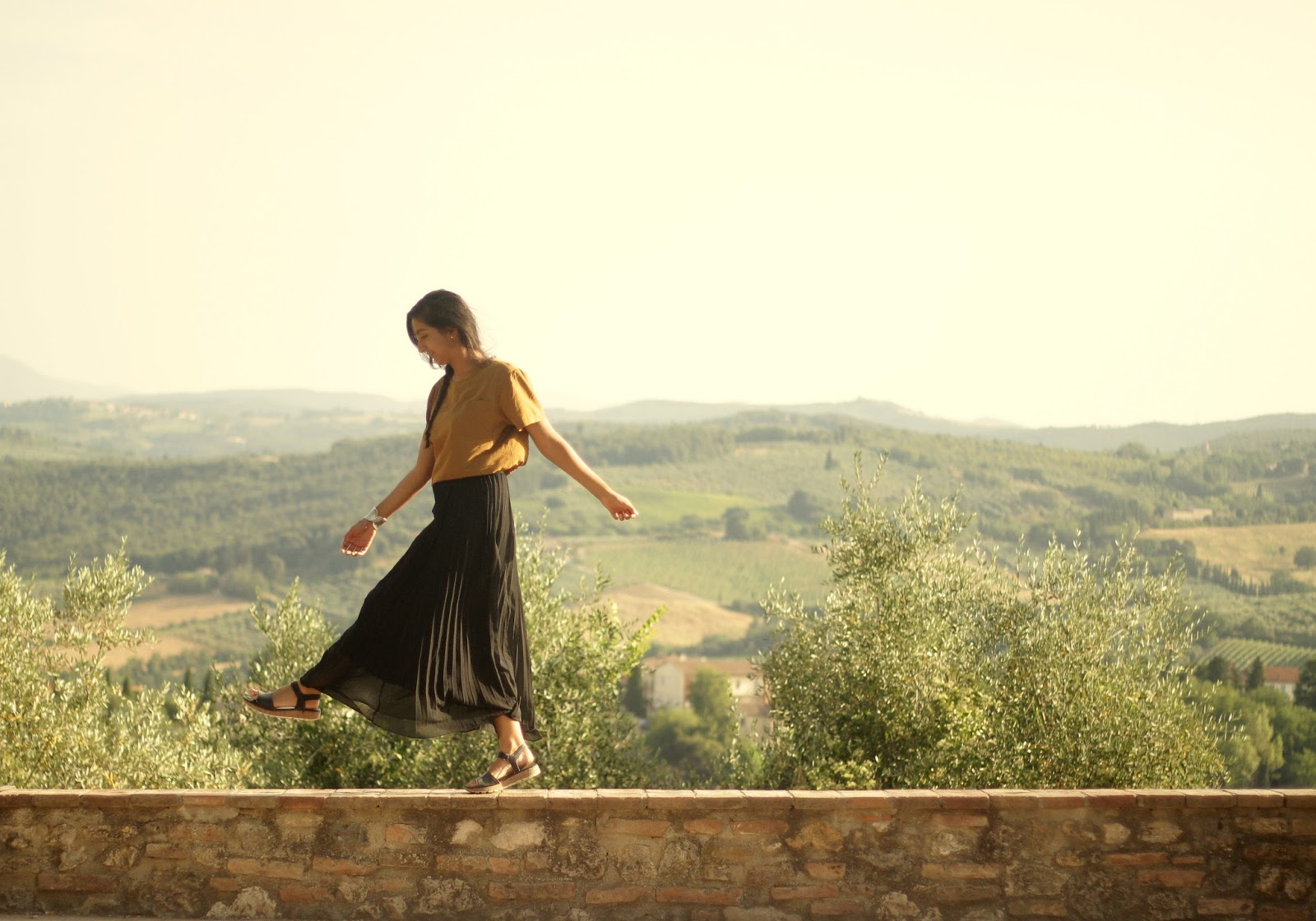
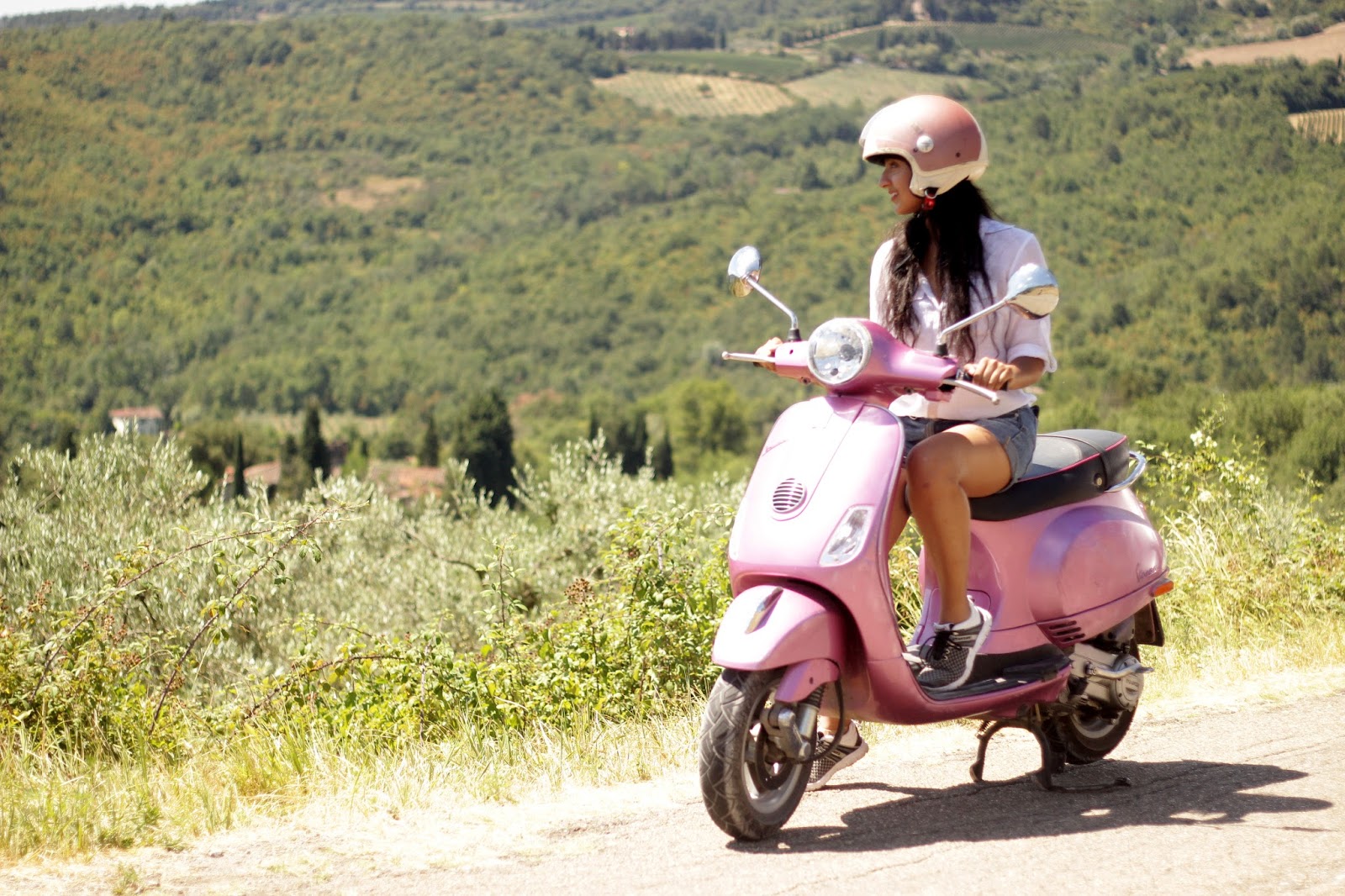
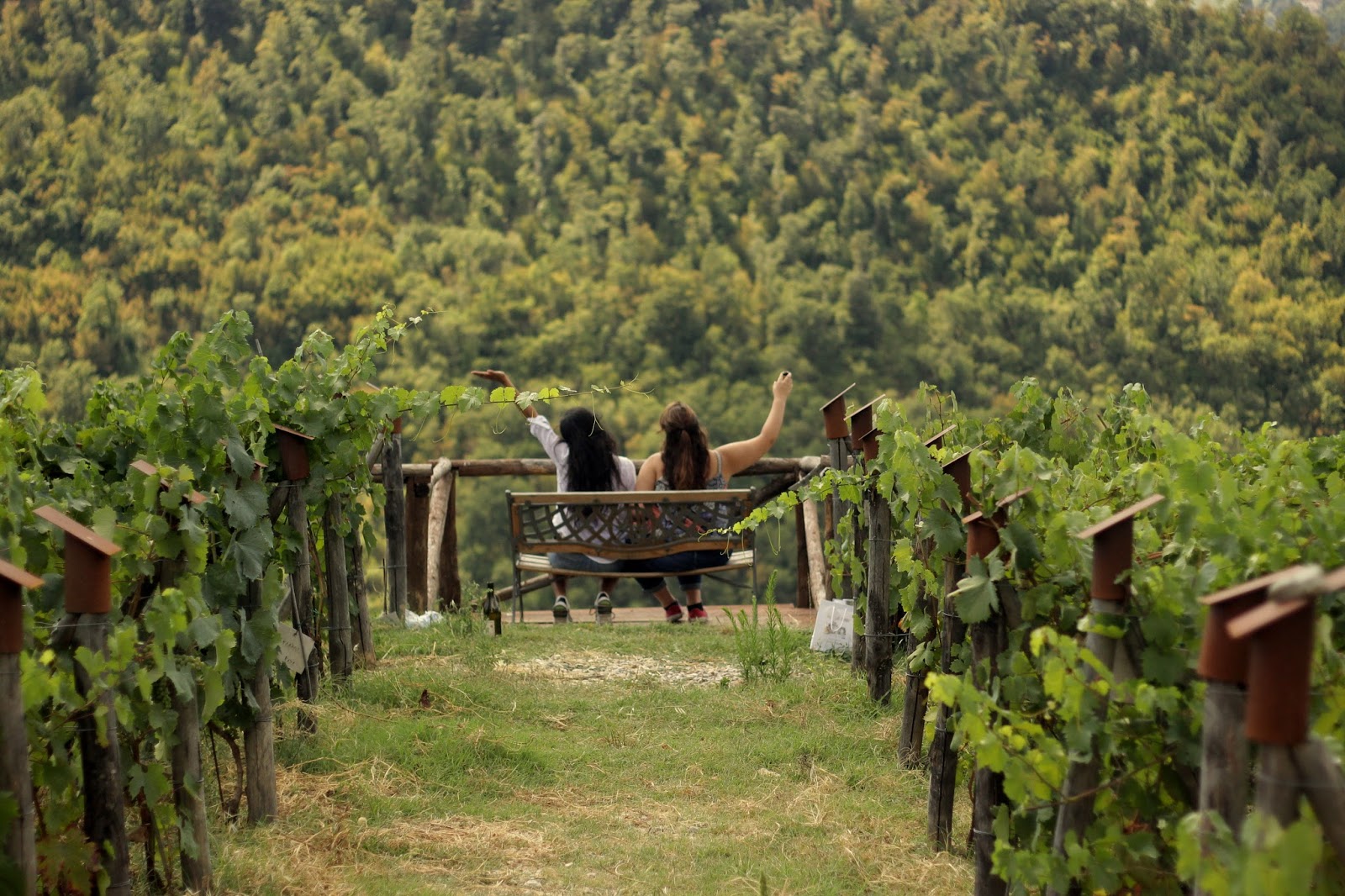
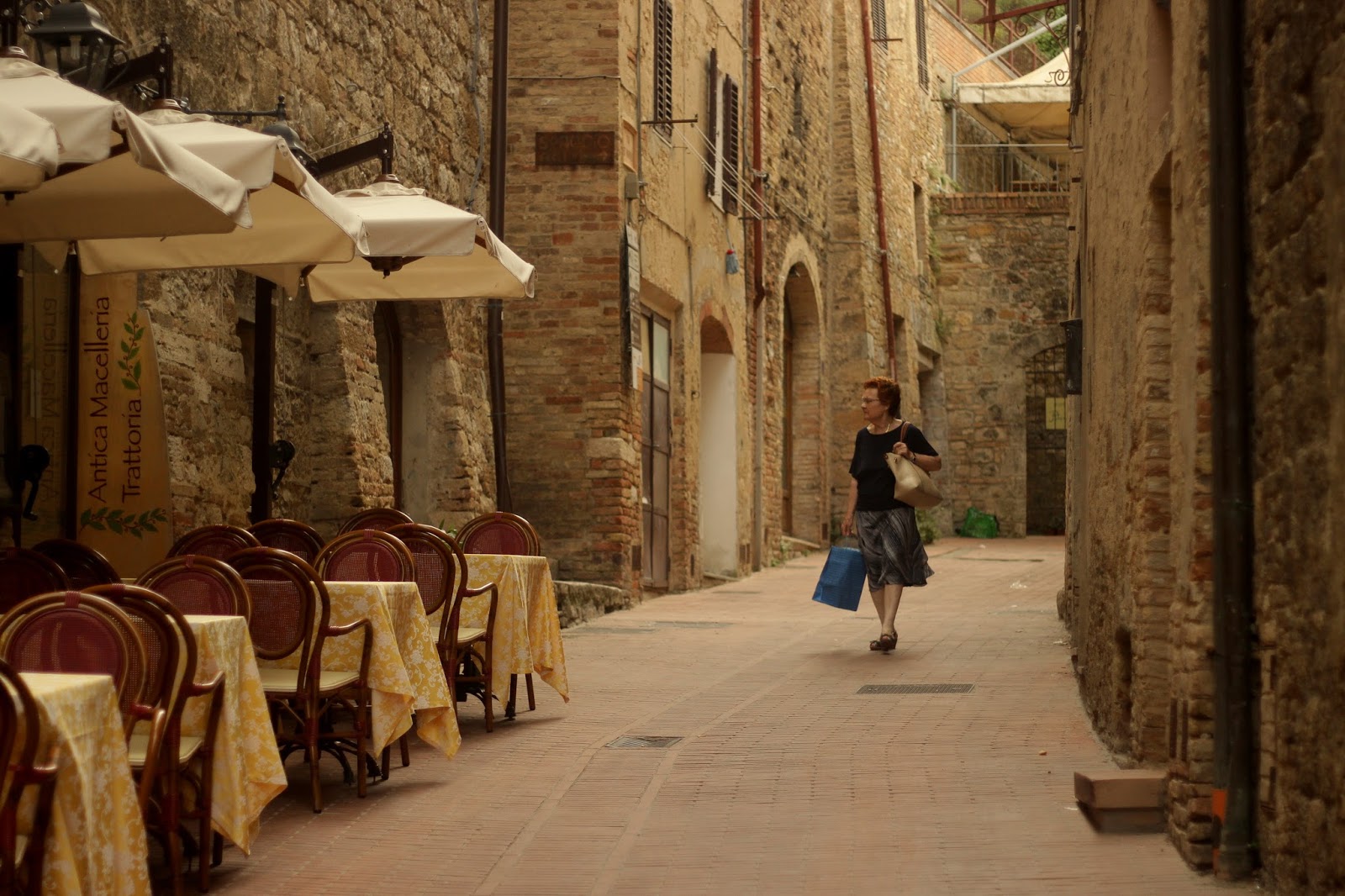
Seeing the Tuscan countryside was a huge dream of my mine; before I was even able to discern the geography of Europe, I knew the rolling green hills would have a special place in my heart.
We all hold certain ideas of what a place will be like, and often with cities, the aesthetic charm is overrun by thousands of tourists. But with Tuscany, at any given moment you’re met with panoramic views of rolling hills.
At any given moment you’ll feel like human insert in a glorious painting which brings us to our next realization: every so often you need to take a step back and observe your life from the outside, just like a painting. Take a moment to look at the bigger picture (side note: dreams do come true when you find yourself riding on the winding country roads on a pink Vespa), laugh at just how likely your whole journey has been, and then, simply go back to living it.
6. Venice, Italy: On backpacking—aesthetics versus experience.
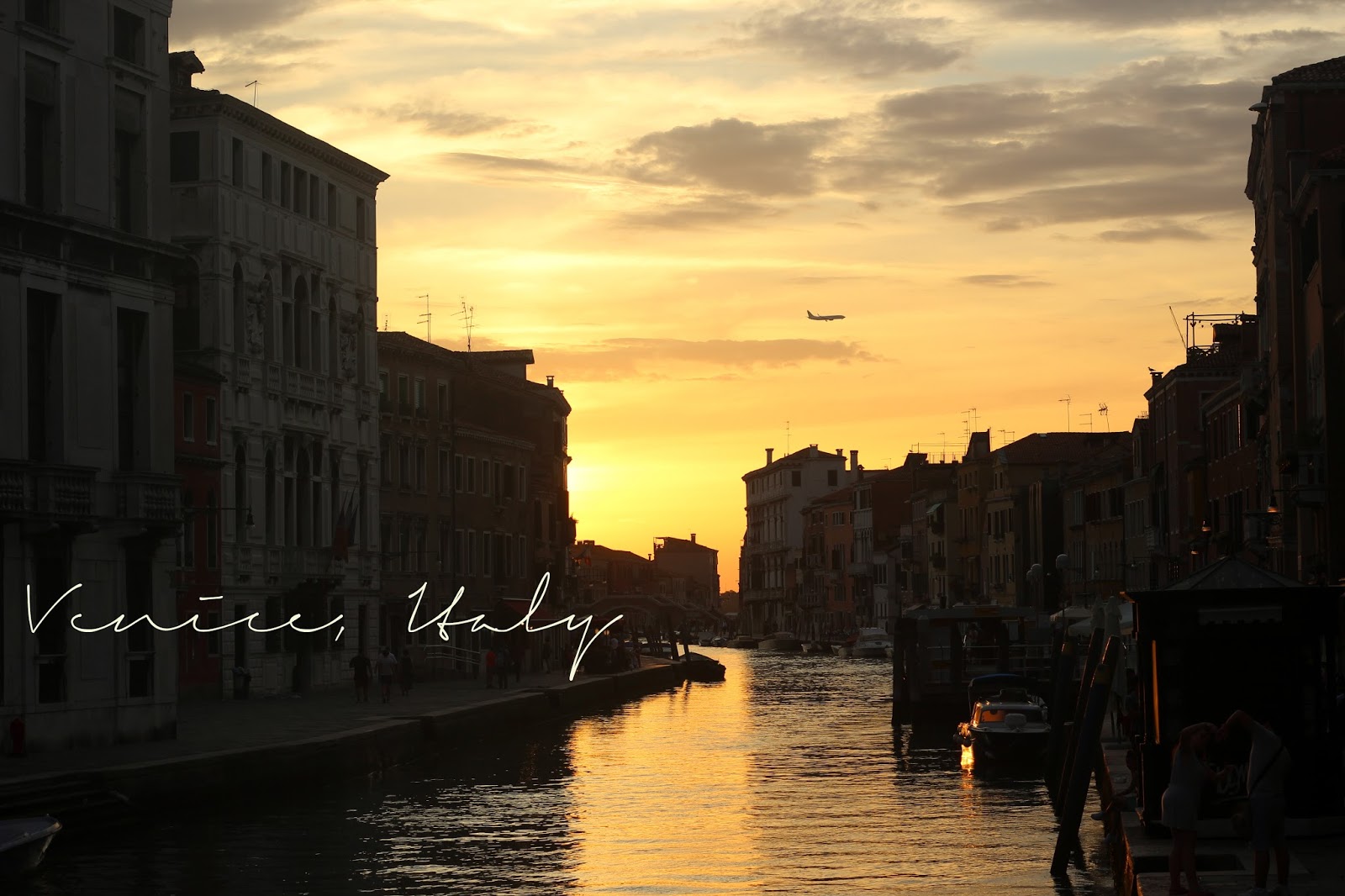
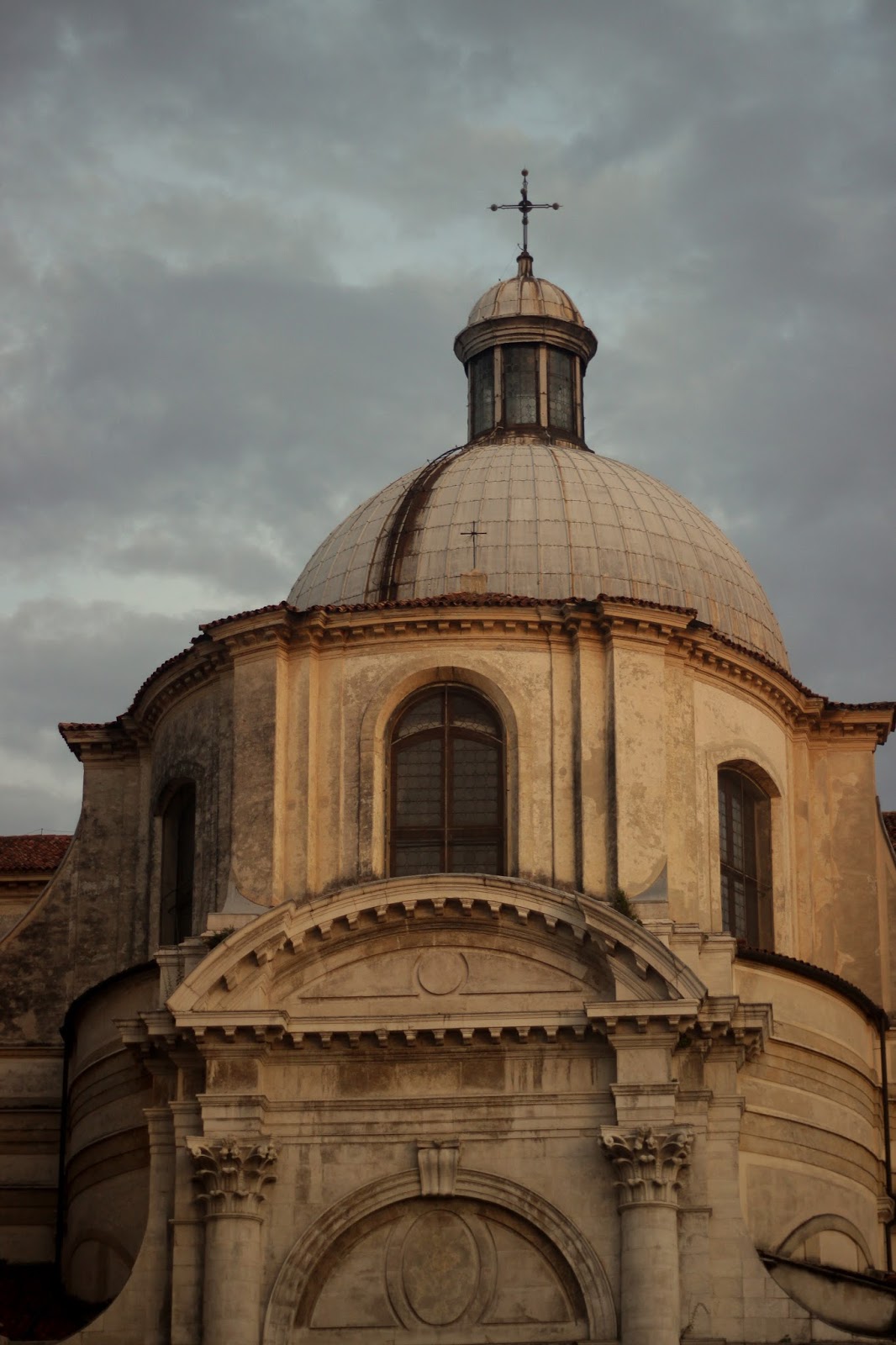
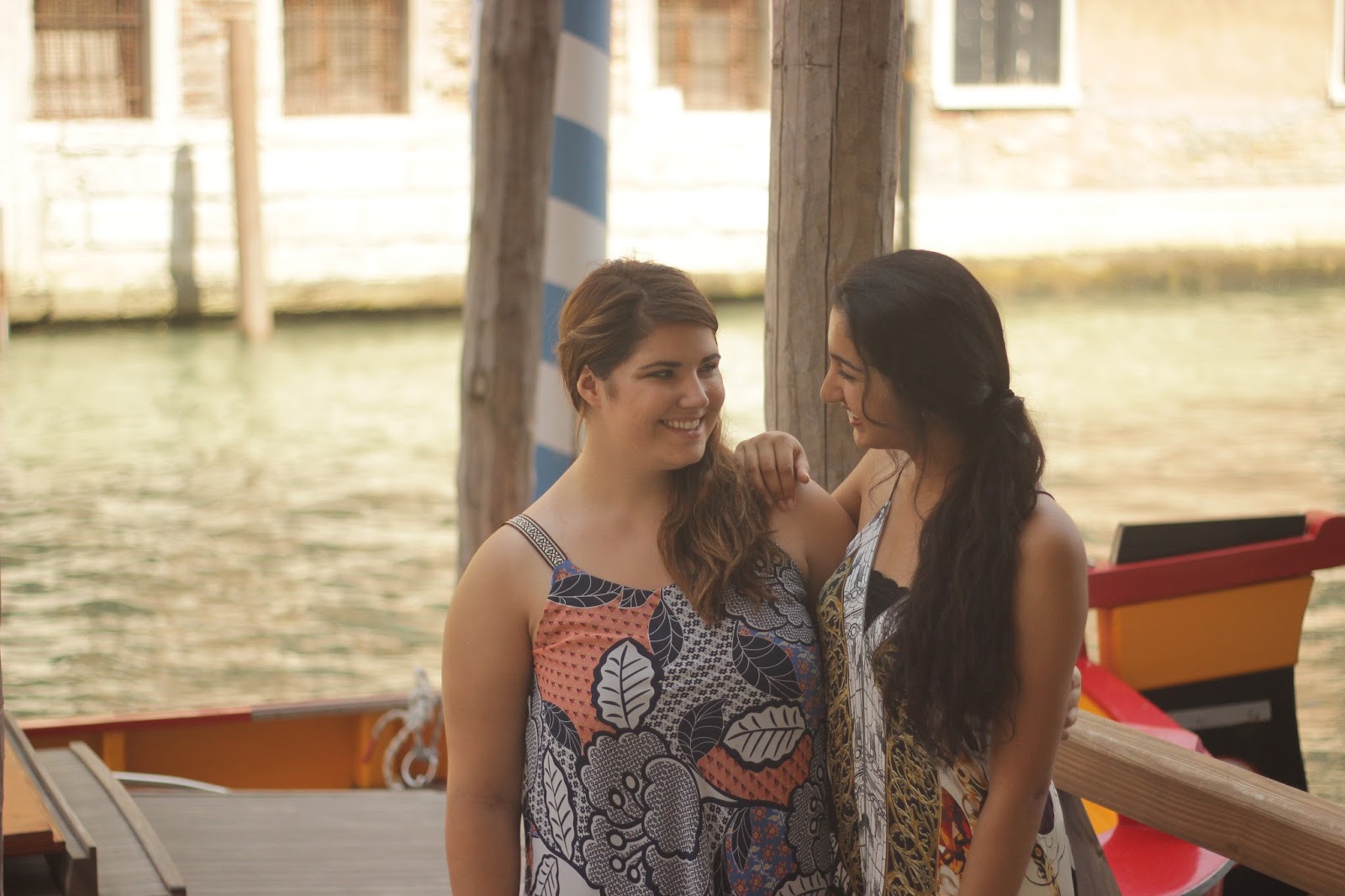
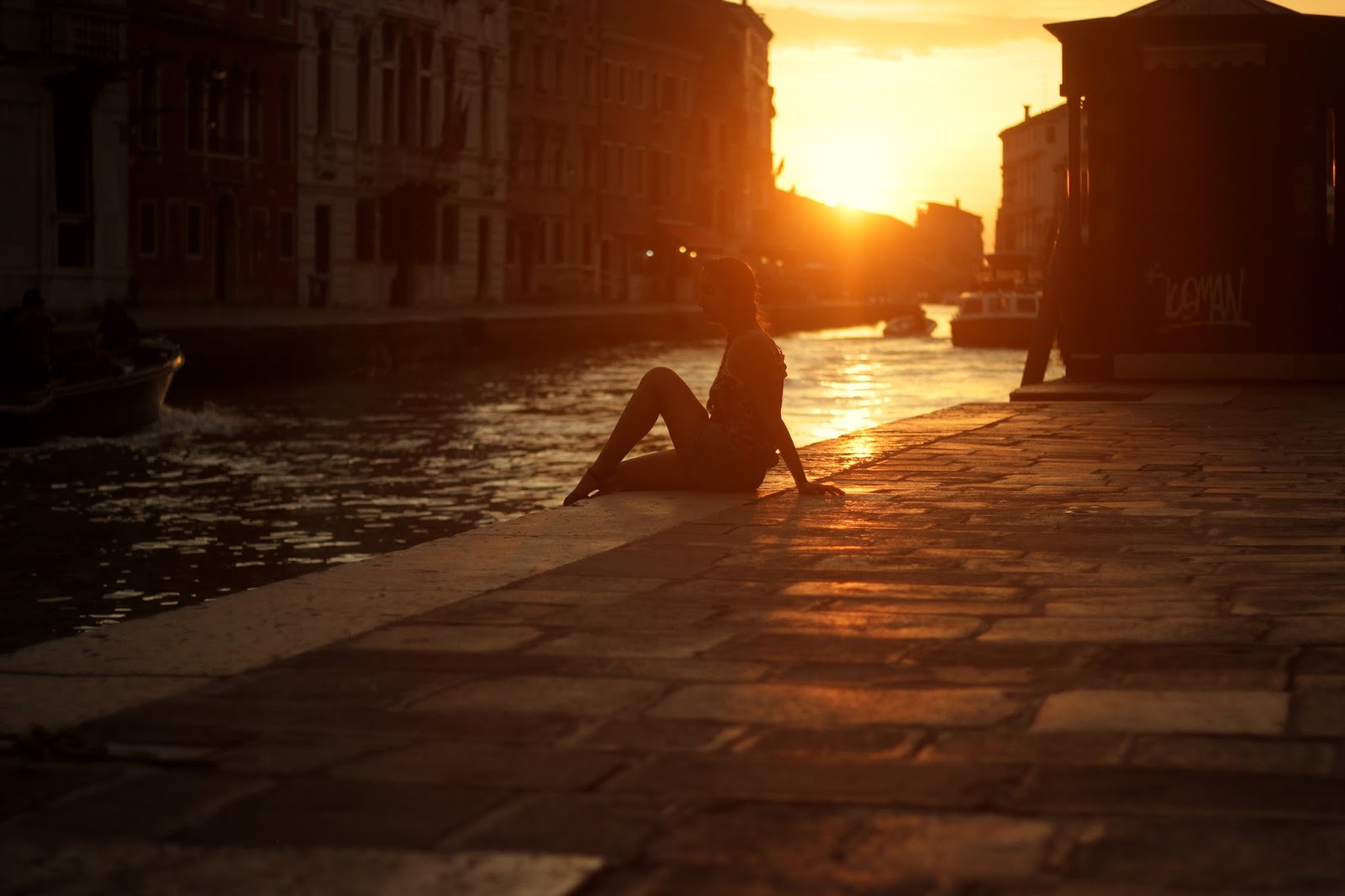
And so here we were: Venice, Italy. The first leg of truly going solo in our backpacking trip, without the crutch of any local.
We landed in Venice, sleep deprived, after catching a 5 am bus to the city all after leaving a discoteca at 4:30 a.m. in Florence (“sleep when you’re back in the States,” said John). It didn’t take long for us to realize that the dreamy canals you think of with the mention of Venice, and the mainland, were two separate places; our hostel was a glamping campsite in what seemed to be the edge of rural farmland. Ah, winging it at it’s finest.
When it comes to backpacking (and maybe even to travel in general), I learned that there are two distinct aspects that define your experience:
First is the aesthetics of a city; the charming physical makeup that you came to see.
The second is the experience that you have yourself.
The summation of these two is what you’re ultimately left with, and your attitude towards the said city. Venice was stunning, no doubt. But our experience there was defined with being lost between mainland and island, running frantically (but ultimately missing) our gondola ride before having to go back to mainland to catch our ride to Slovenia; from sitting in a shady mobile store attempting to find a decent plan, to trying to figure out the next leg of our journey via McDonald’s WiFi, and me being slapped in the face by a fearless pigeon in Piazza San Marco who tried to steal my sandwich on our last morning there (actually this last one was pretty funny).
Of course, there were beautiful moments of eating ice cream, spontaneous dress shopping, mini photo shoots at the canal, but the short-lived trip to Venice had me questioning, would we absolutely suck ass at backpacking?
7. Ljubljana, Slovenia: On the Nebraska of Europe (which is pretty damn amazing).


Slovenia pretty much happened by mistake. It was another place I didn’t know existed until we got there, but I was utterly blown away. Stunning city, minimal tourists, extremely green, significantly cheaper, some of the sweetest locals, and a blast to roam with bike stations all throughout the city.
But locals seemed confused every time we told them we were traveling from the US: “No one really comes to Slovenia. It’s like visiting the U.S and going to Nebraska,” one said.
I’m here to tell you, the Nebraska of Europe was the gem of my time backpacking. I’ve shamelessly become Slovenia’s biggest fangirl, and I’m dying to go back.
8. Bled, Slovenia: On not being in control, and loving it.
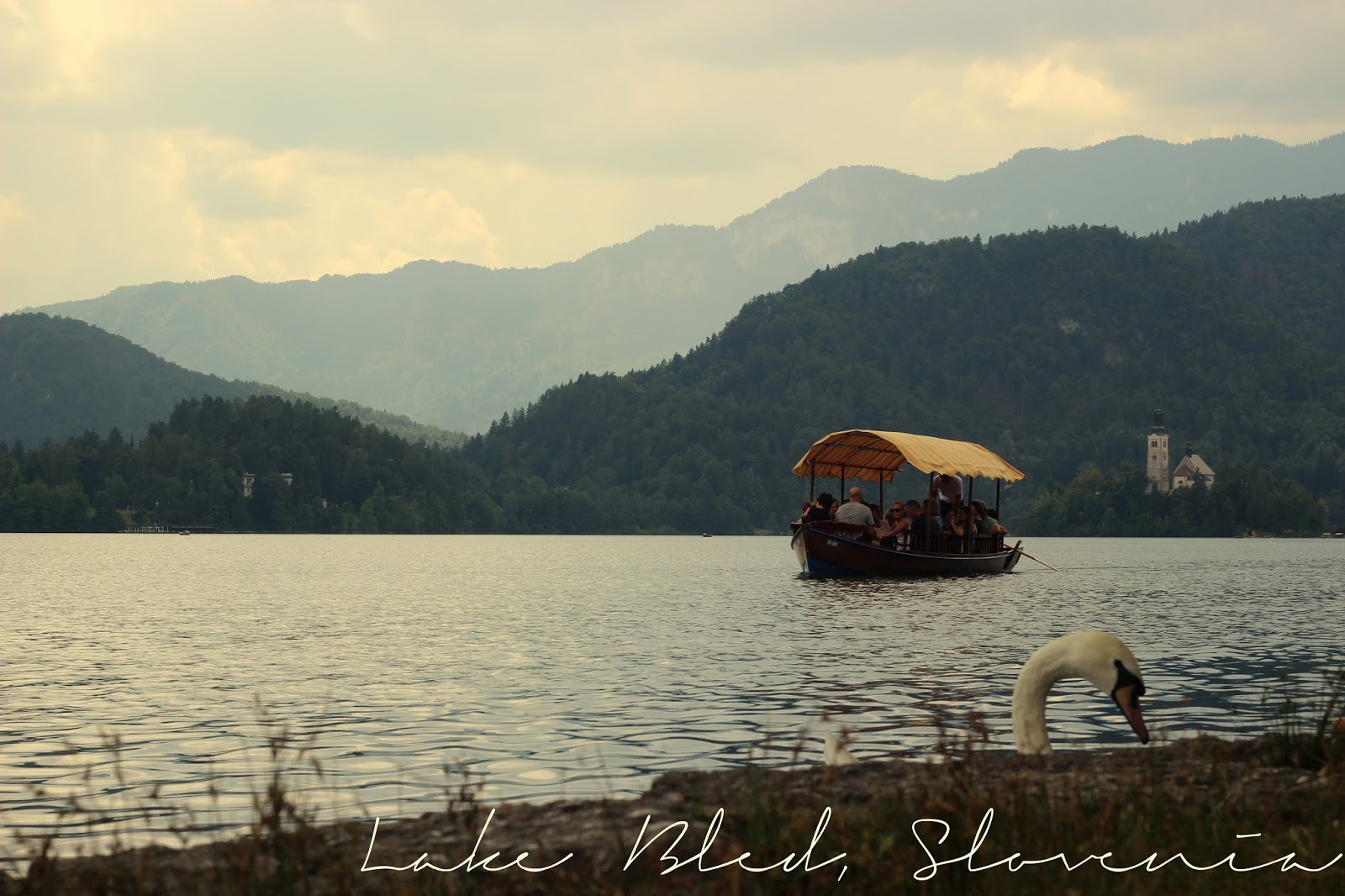
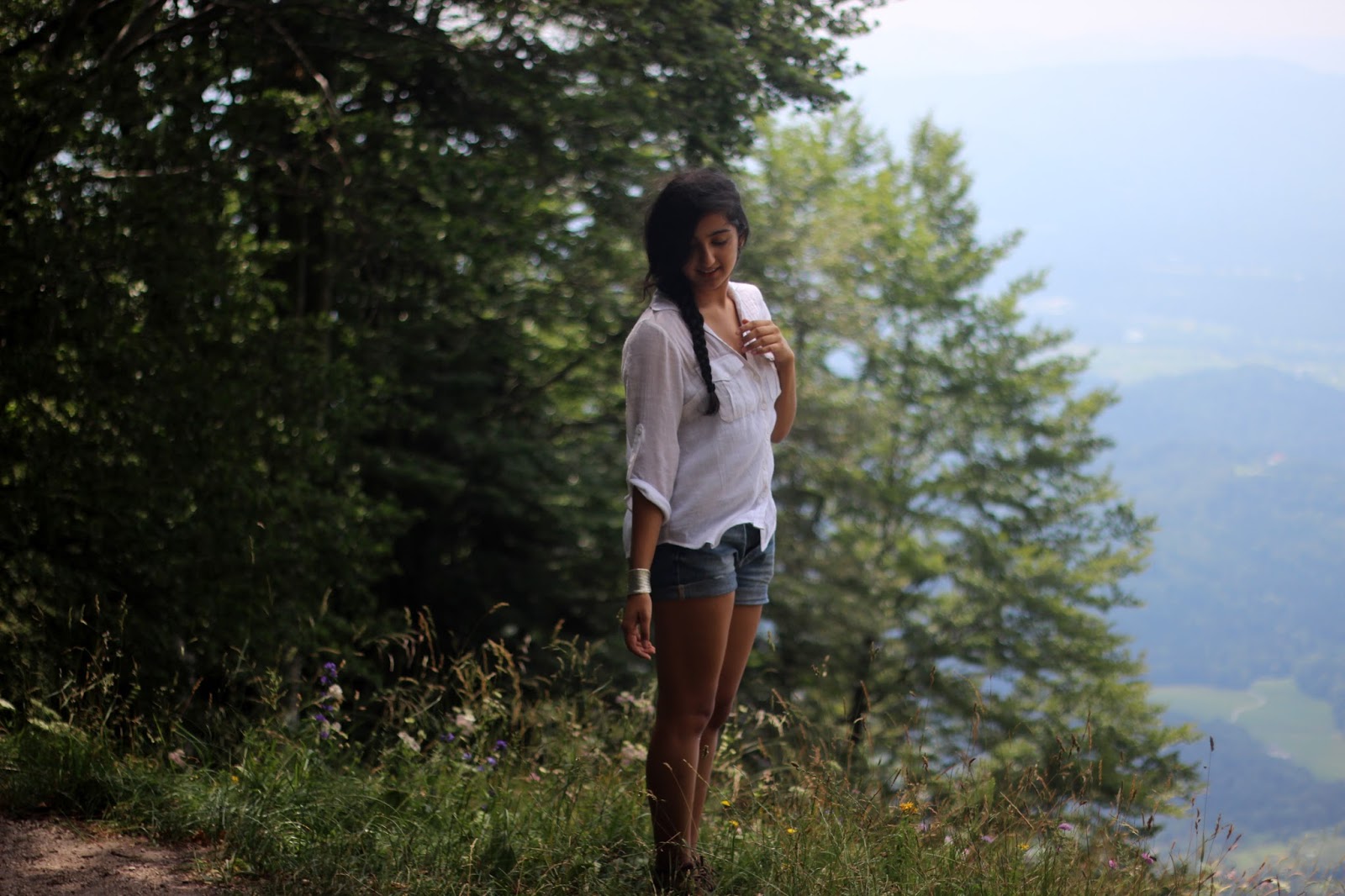
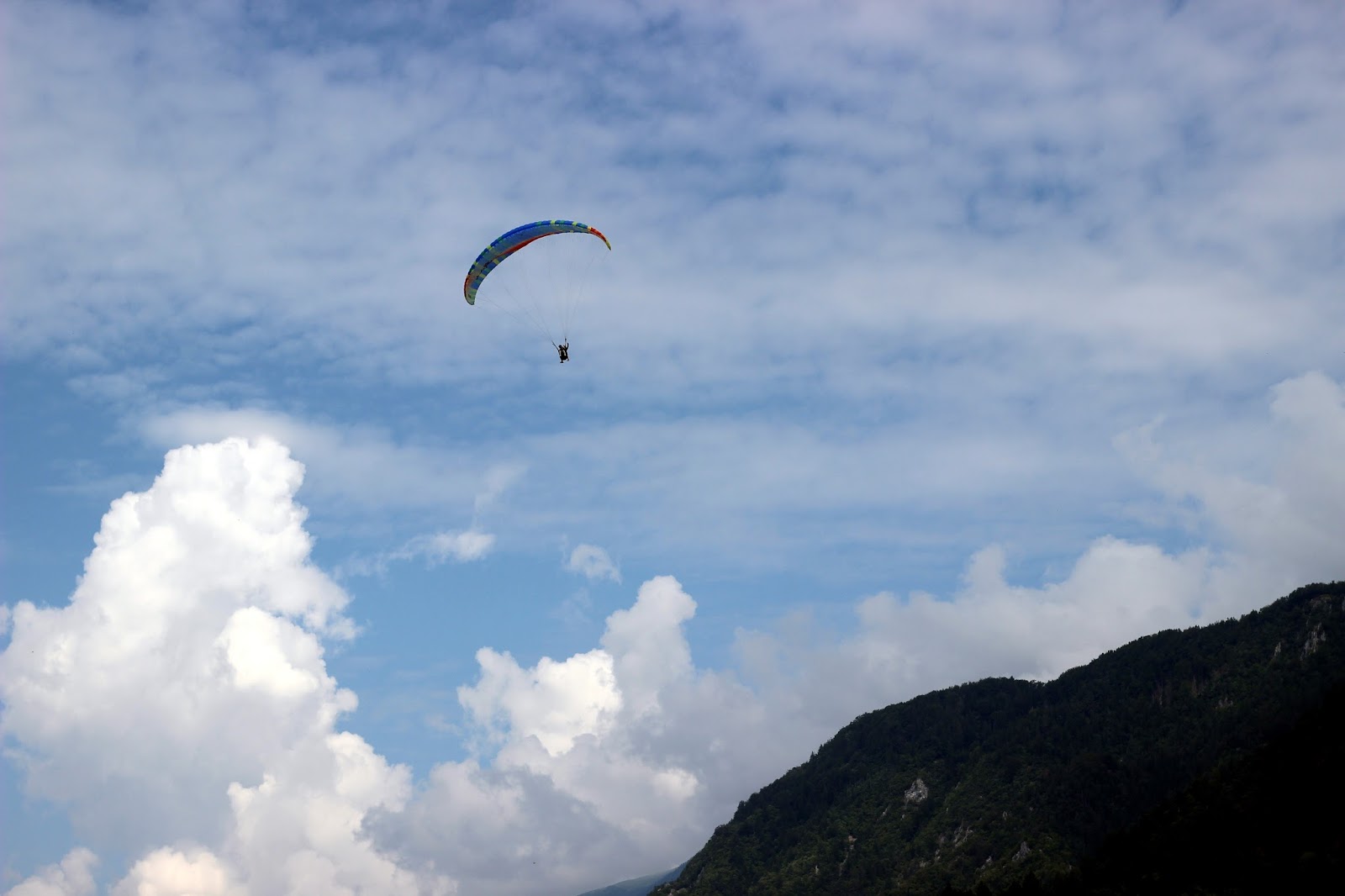
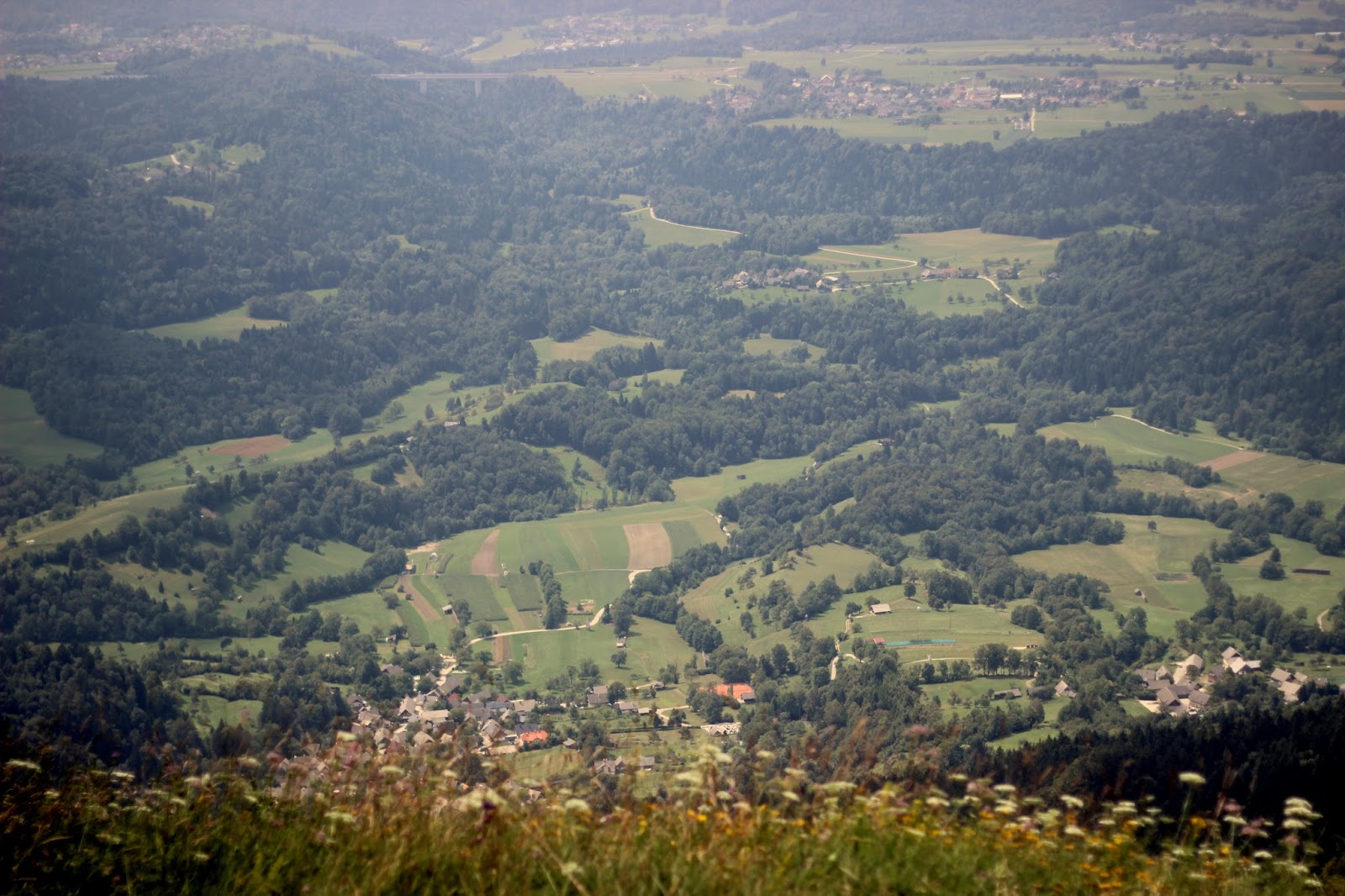
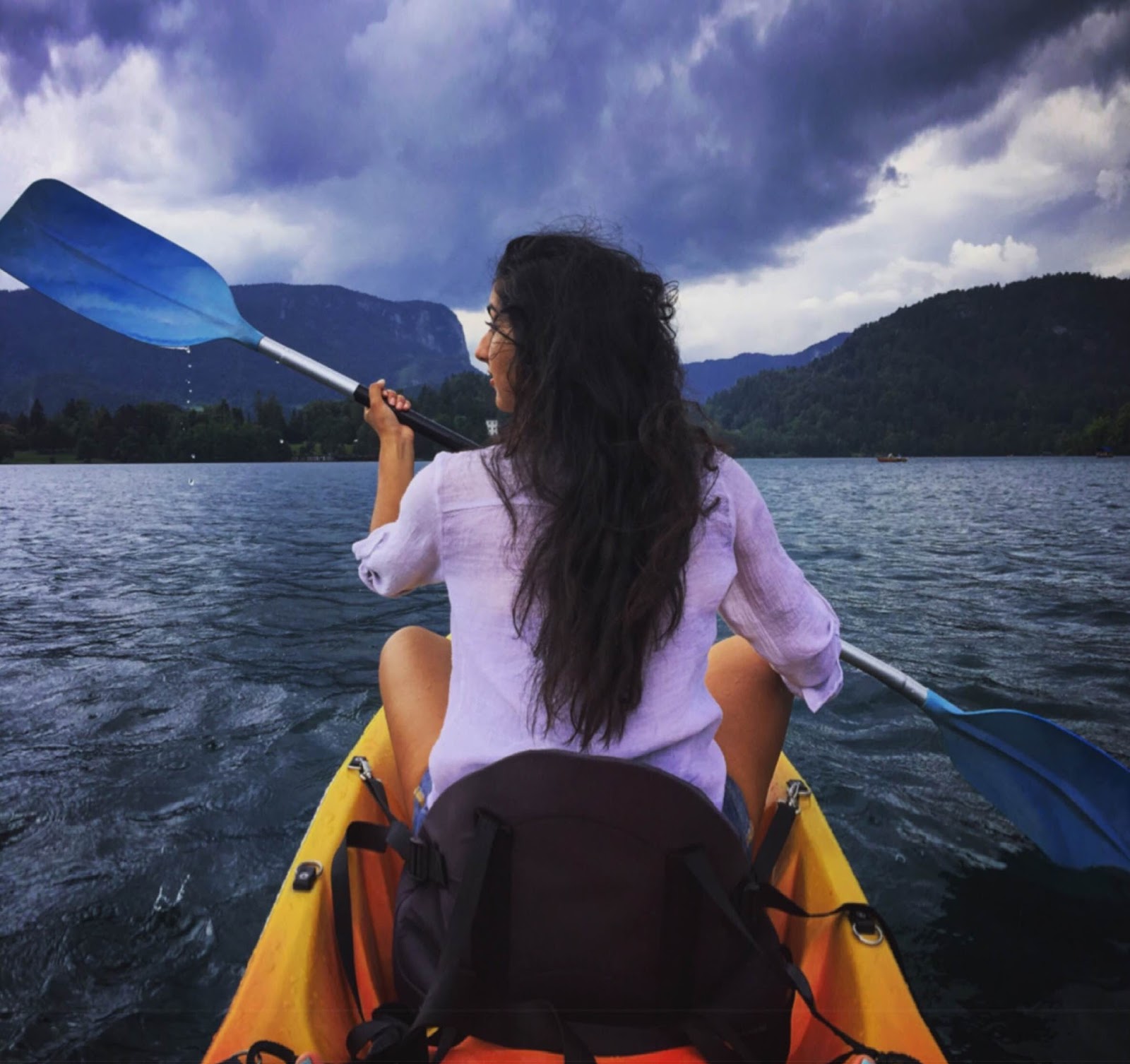
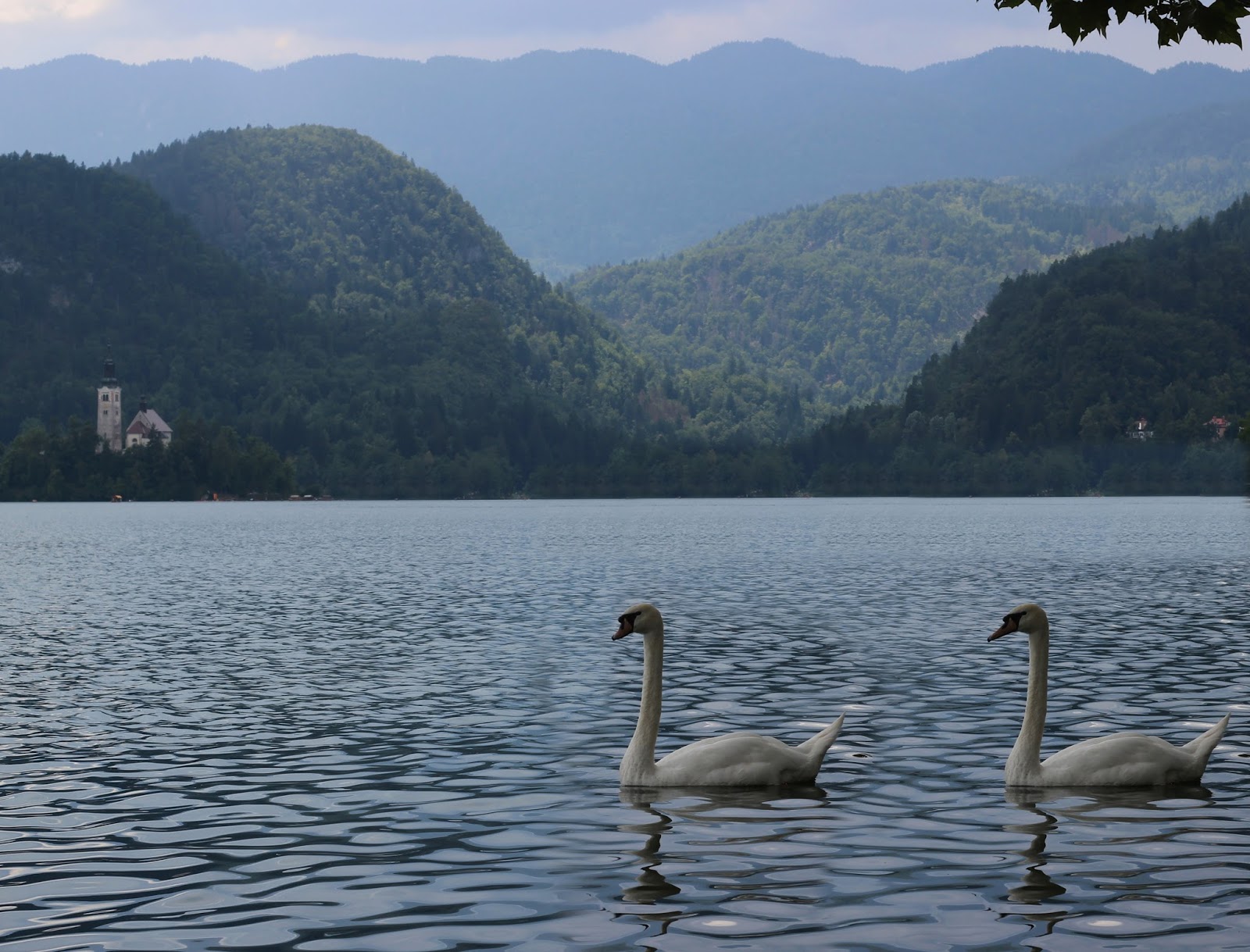
Zehra and I found ourselves in the haven of Slovenia, which has so much to offer between city and nature. After seeing posters of countless outdoor activities in our hostel, we were in Bled the next day to paraglide through the Swiss Alps. Casual.
A few hours later we decide to rent out kayaks at Lake Bled. 10 minutes in, it started drizzling. Then pouring.
Not to sound like a life coach, but the times you can’t control the weather, you can control your experience. Stranded in the middle of the lake (traversing a windy, wavy lake is tough, folks), was one of my favorite memories in Slovenia.
9. Prague, Czech Republic: On reveling in the little things.
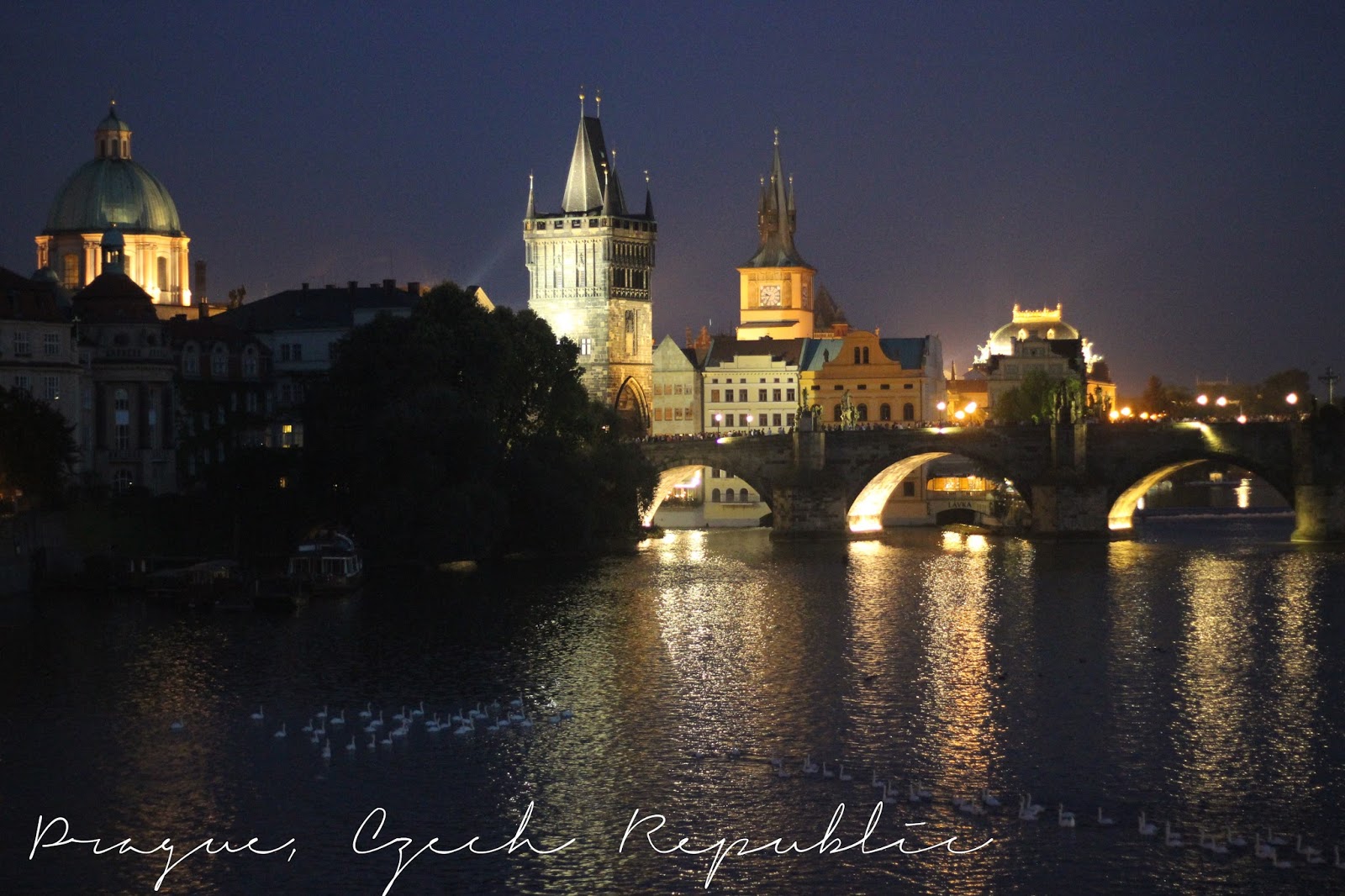
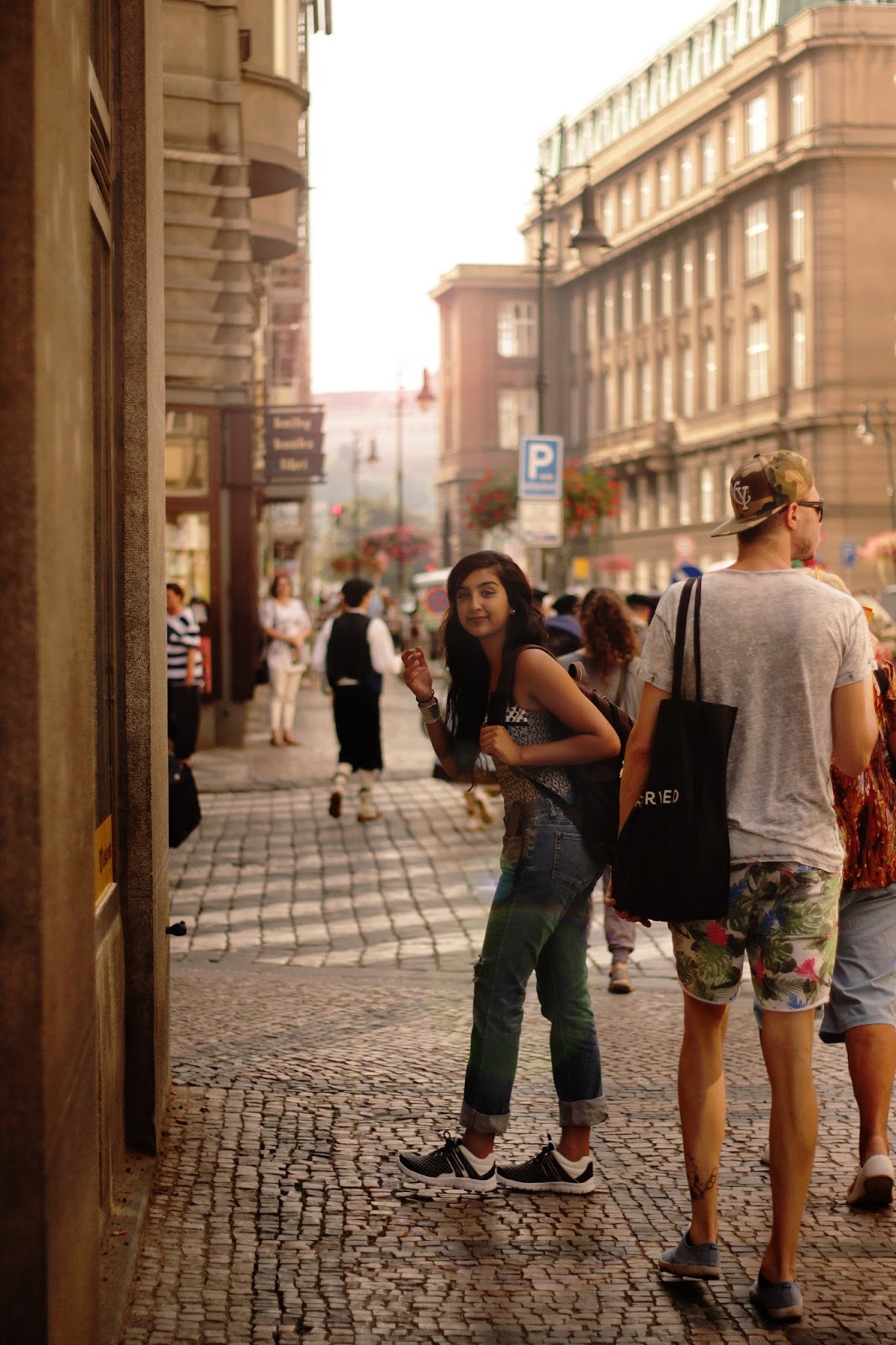
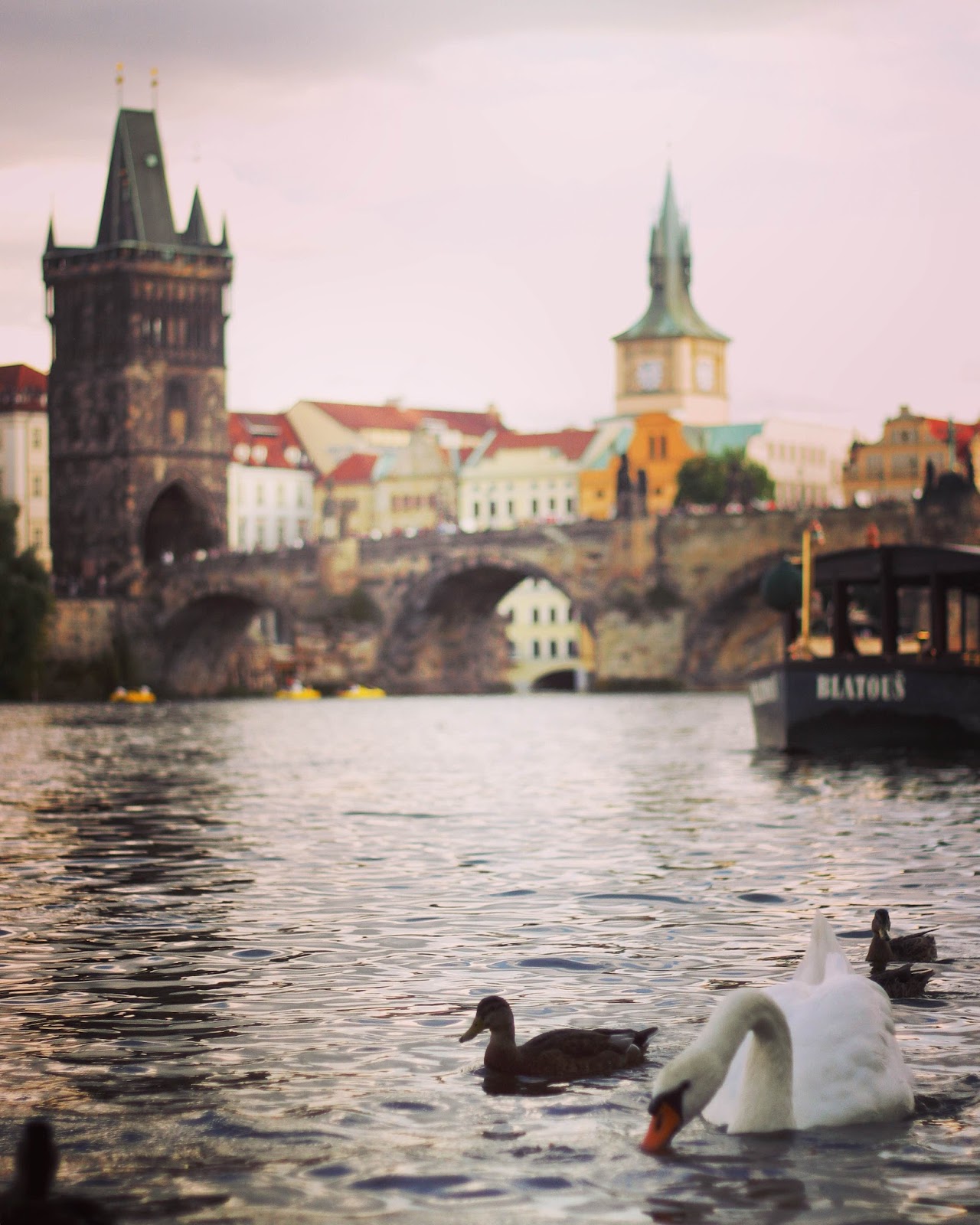
Long story short, Prague was a stunning city. And it was here where selective details became king.
For instance:
1) I became enamored with the amount of swans in this city.
2) I found beauty in the little things. Above all was the orthopedic shoe store situated right next to our hostel (side note: my arches collapsed in Slovenia, and I was limping in my not-smart-for-backpacking sandals). Note the baaangin’ outfit (and thick shoe soles) in the photo selection above.
Revel in the little things, folks.
10. Paris, France: On strangers. Lovely, lovely, strangers.
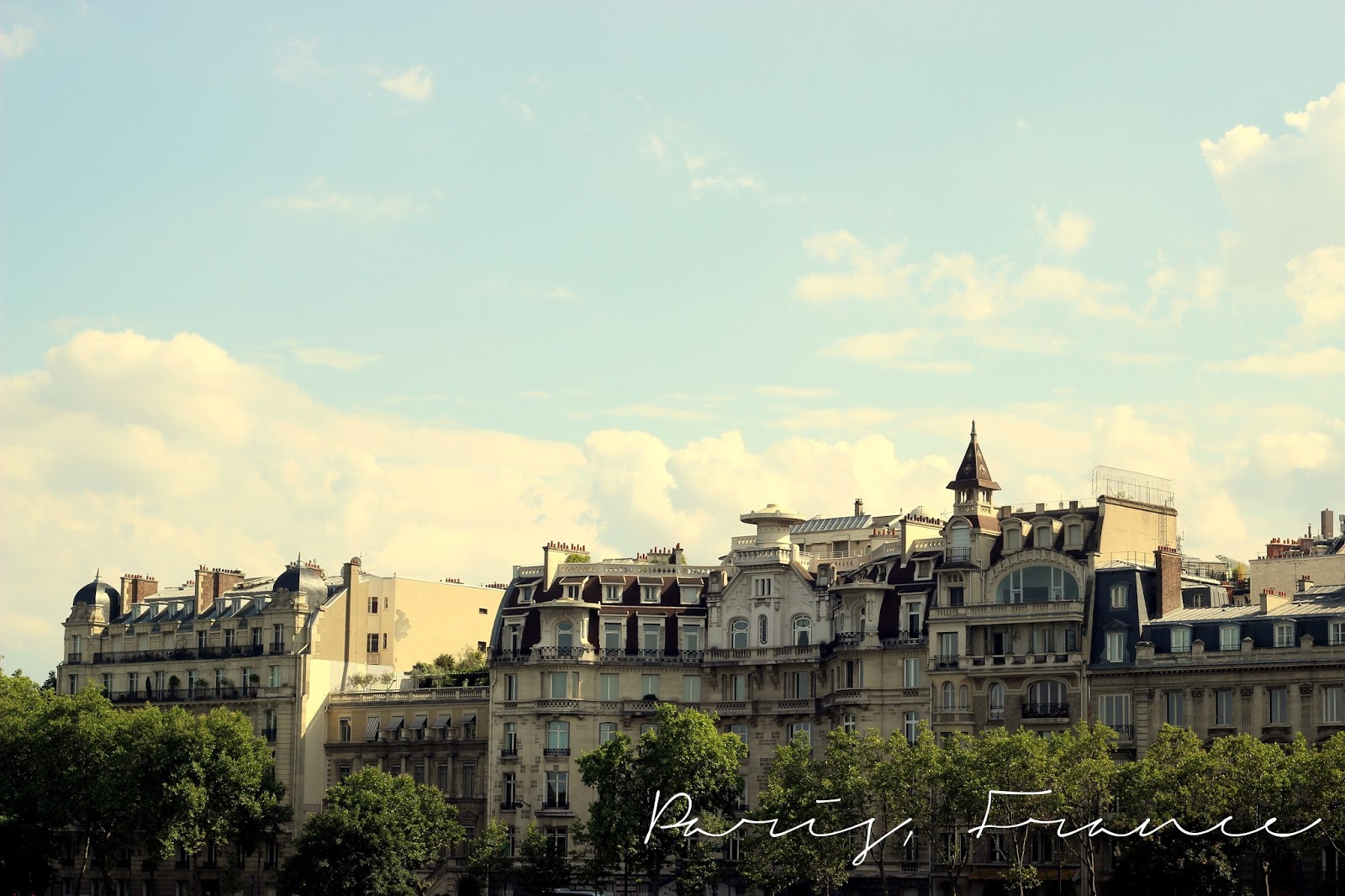
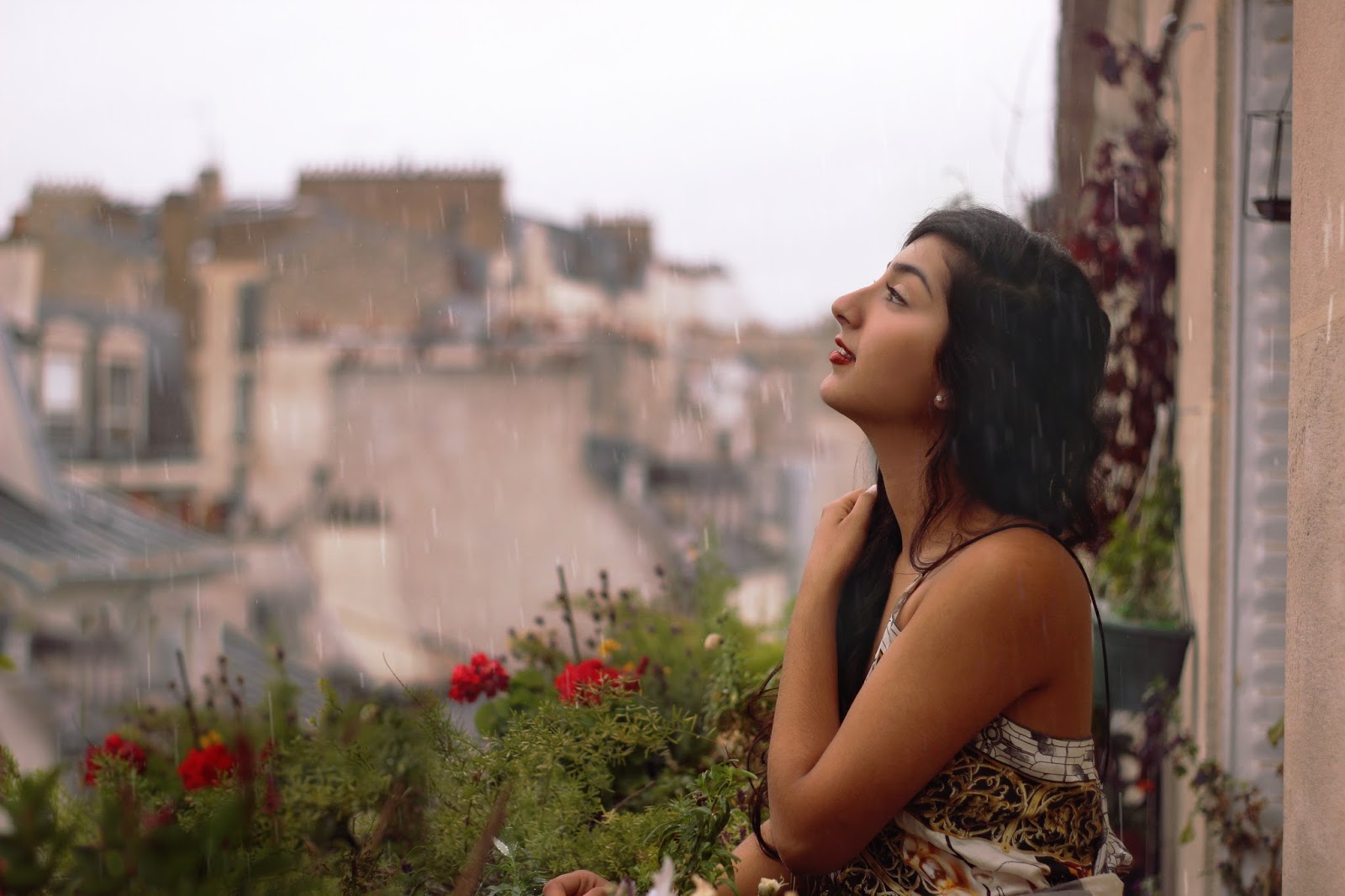
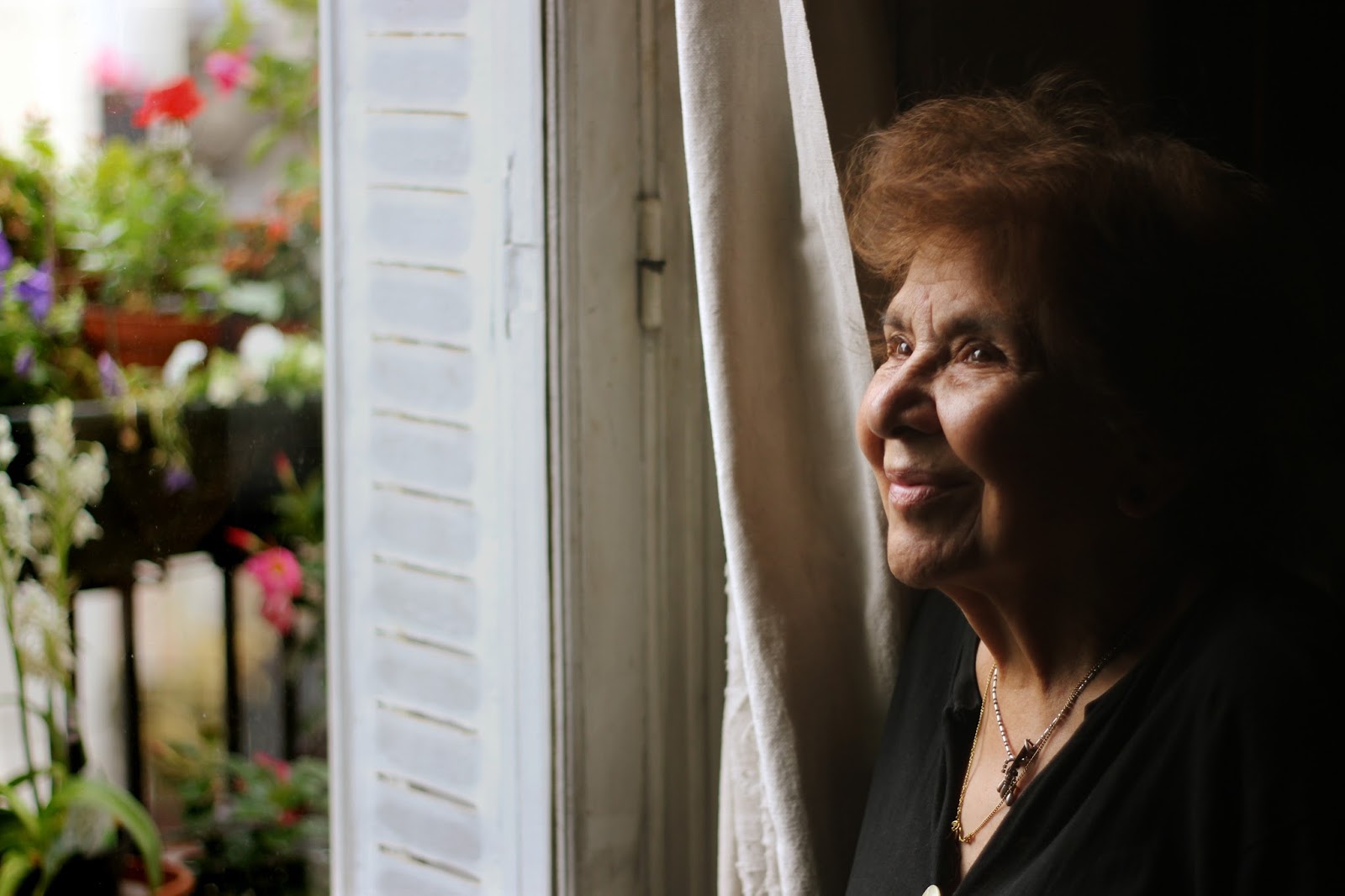
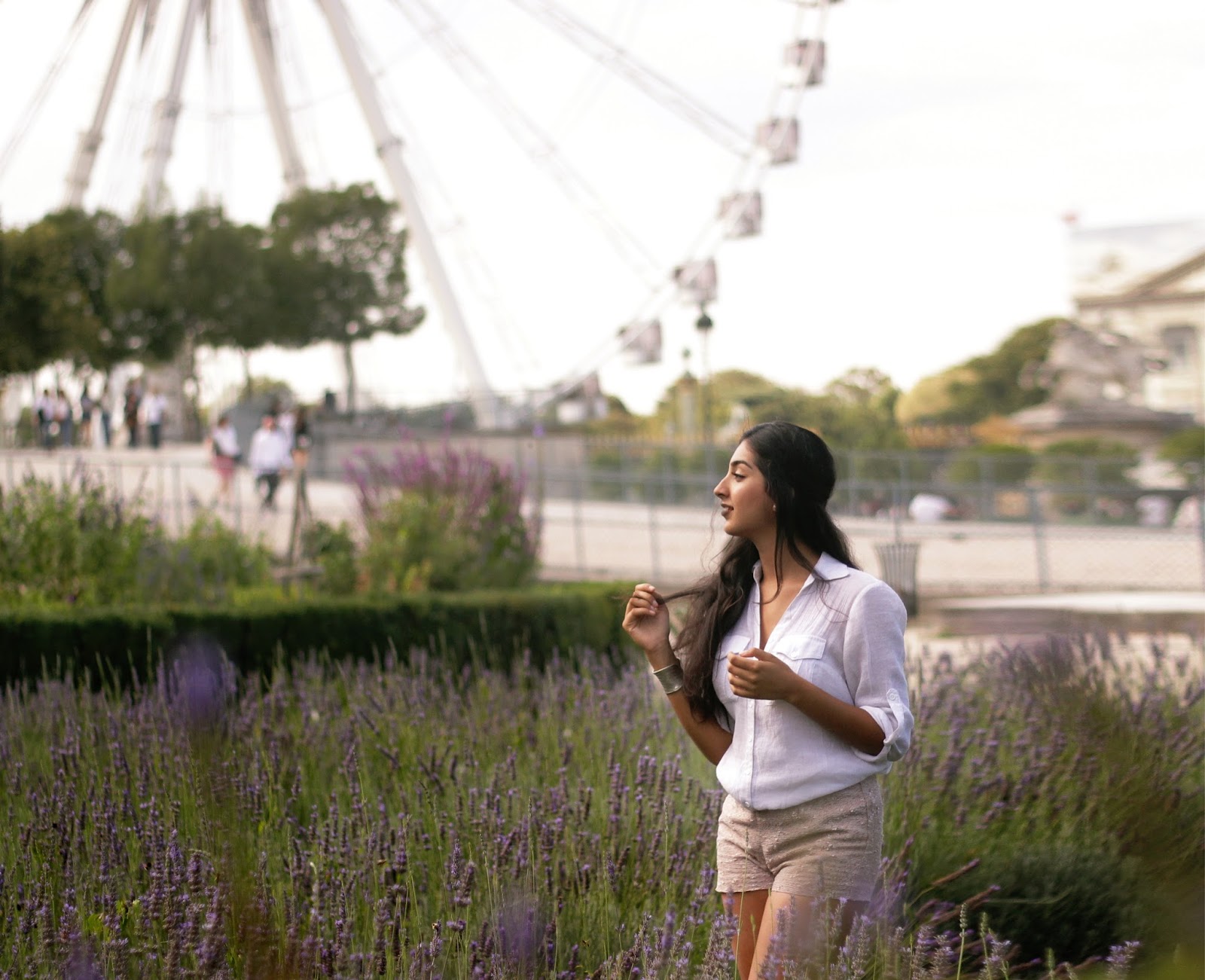
When traveling abroad, some things will stop you in your tracks and echo home. Meeting Mohanjeet was one of these movements. Once reporter, once employed by the UN, now designer, now boutique owner, always boss lady.
A fiery woman with an unseen vigor for life who saved us from our hostel that was about the size of my shoe. She housed us for about four days (an amazing top-story apartment, complete with a flower-ridden balcony), shared amazing life stories, and let me play dress up in her boutique for an editorial you can check out here.
Many always credit traveling as making them a better individual. I don’t think it’s travel itself; it’s the connections you make along the way.
11. Northern California: On living—quite literally.

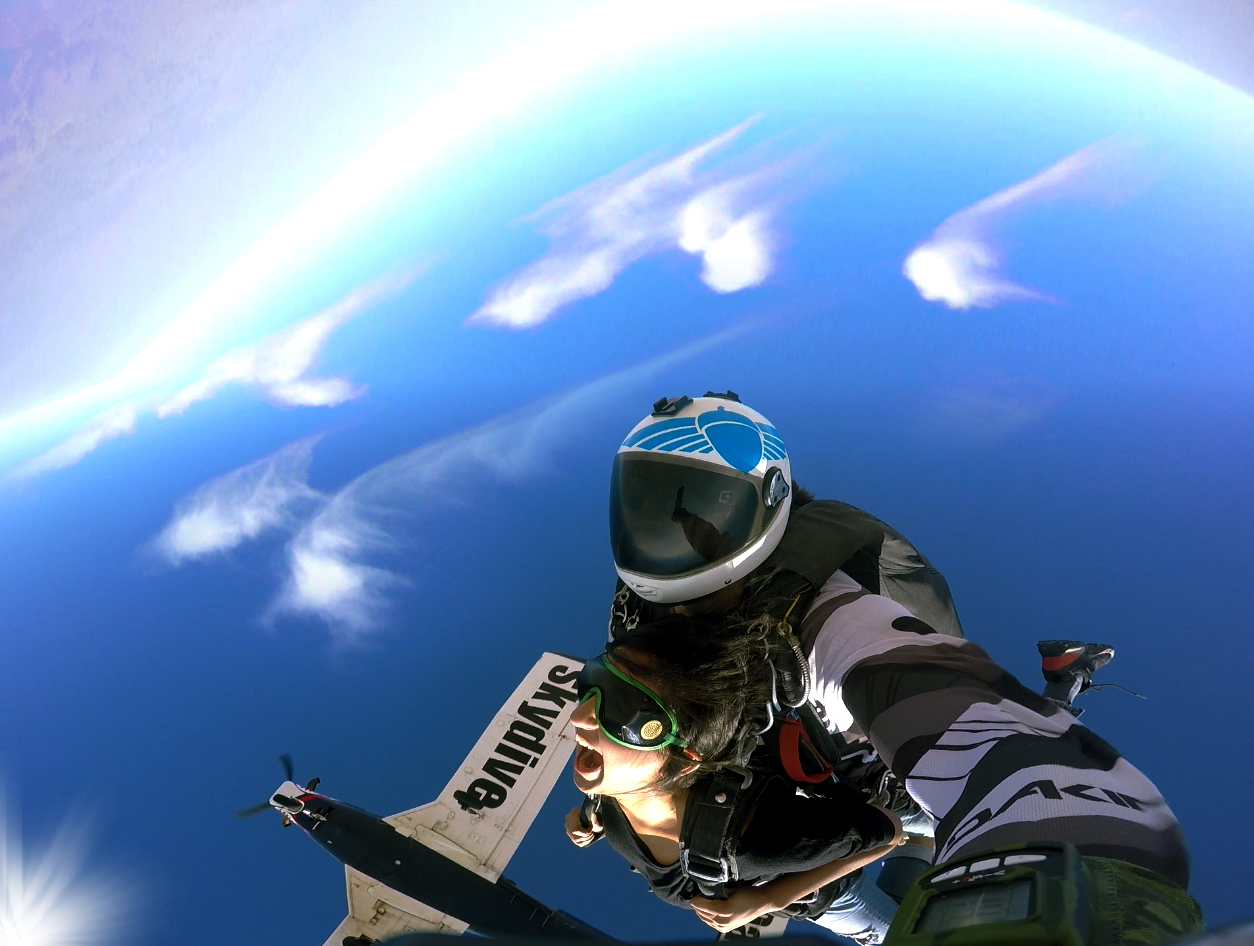
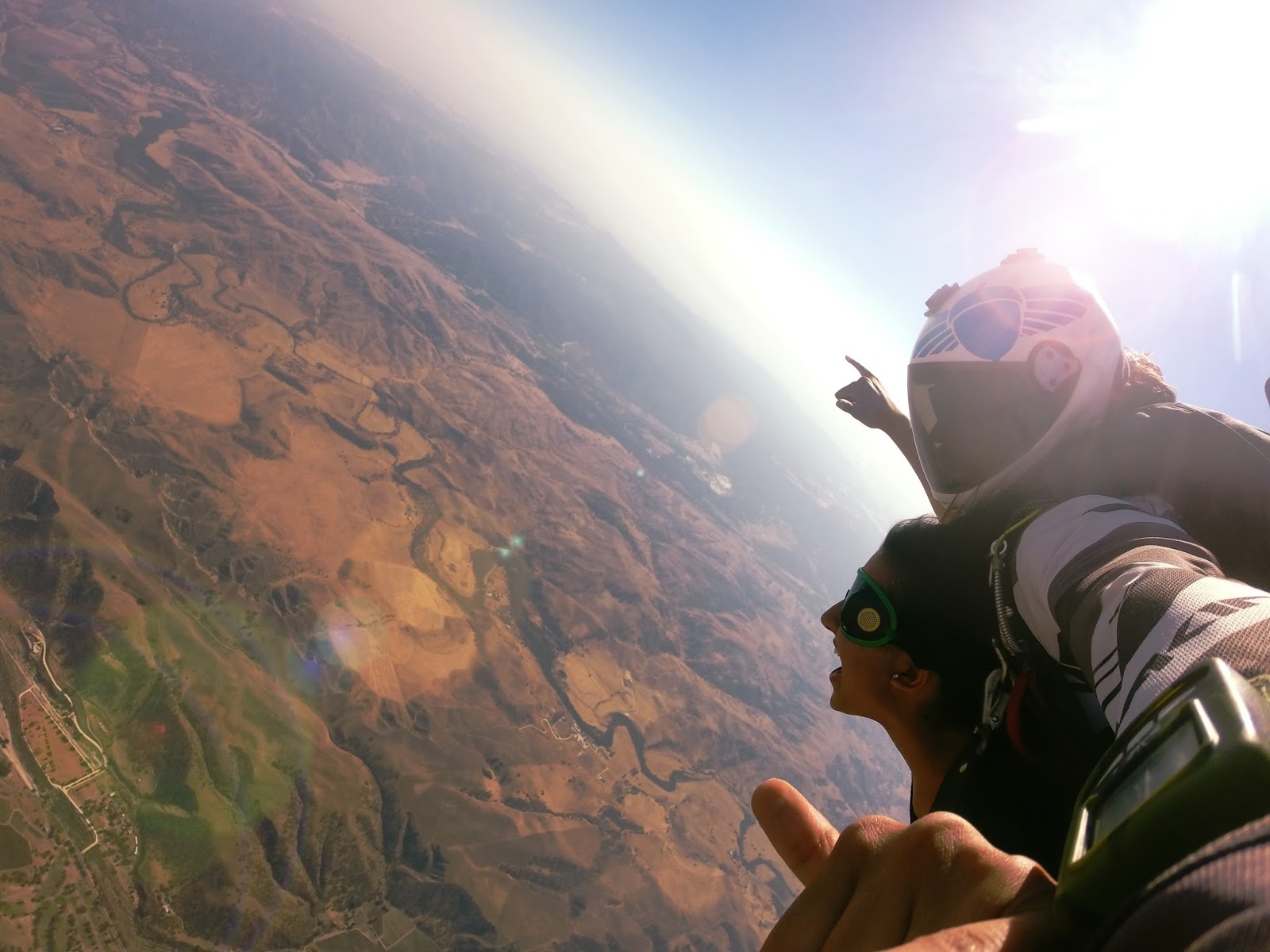
After being back in the States for a few weeks, I road tripped up to see Zehra in Mid-California, and eventually up to Northern California to see my best friend Kush.
For my birthday, he got me a skydiving voucher, and so within a 12-hour window we decided to go the next morning. I have no real fear of heights, so the whole experience was not as dramatic as movies make it out to be—an adrenaline rush for sure as you free fall for a good minute, but I think the real eye-opening moment for me was the five seconds when my instructor opened our parachute, followed by “Shit. Shit. It’s twisted.”
Well, I thought, we’re still in free fall. So this is it.
Perhaps he fixed the parachute before I could see my life flash before my eyes, or maybe I was simply too indifferent to it all, but I survived. Death was an afterthought, once I landed safe and sound.
Lesson learned: life is pretty unpredictable (especially during travel), for better or for worse. Life is pretty fickle, too.
12. Joshua Tree, California: On backyards.
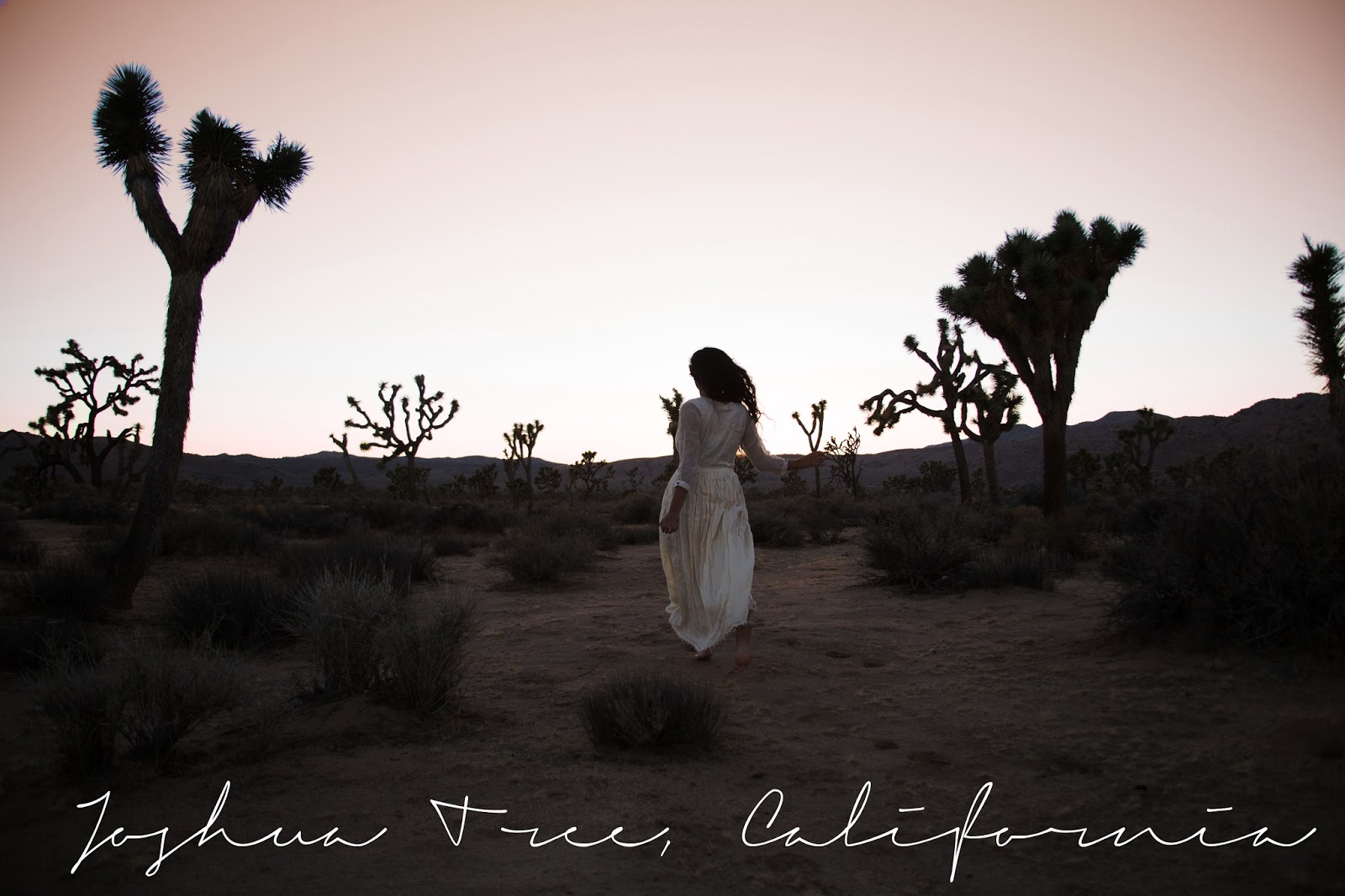
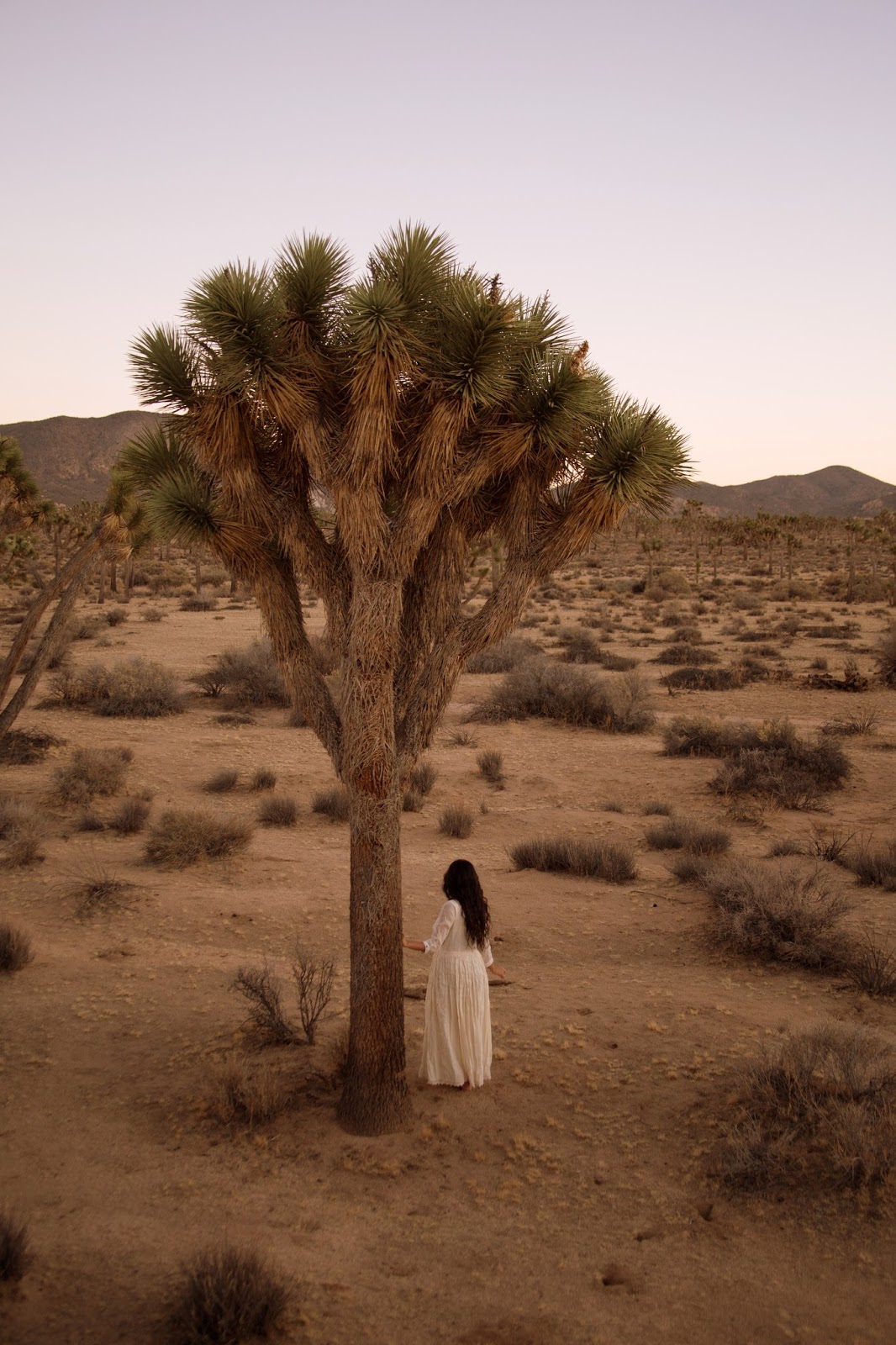
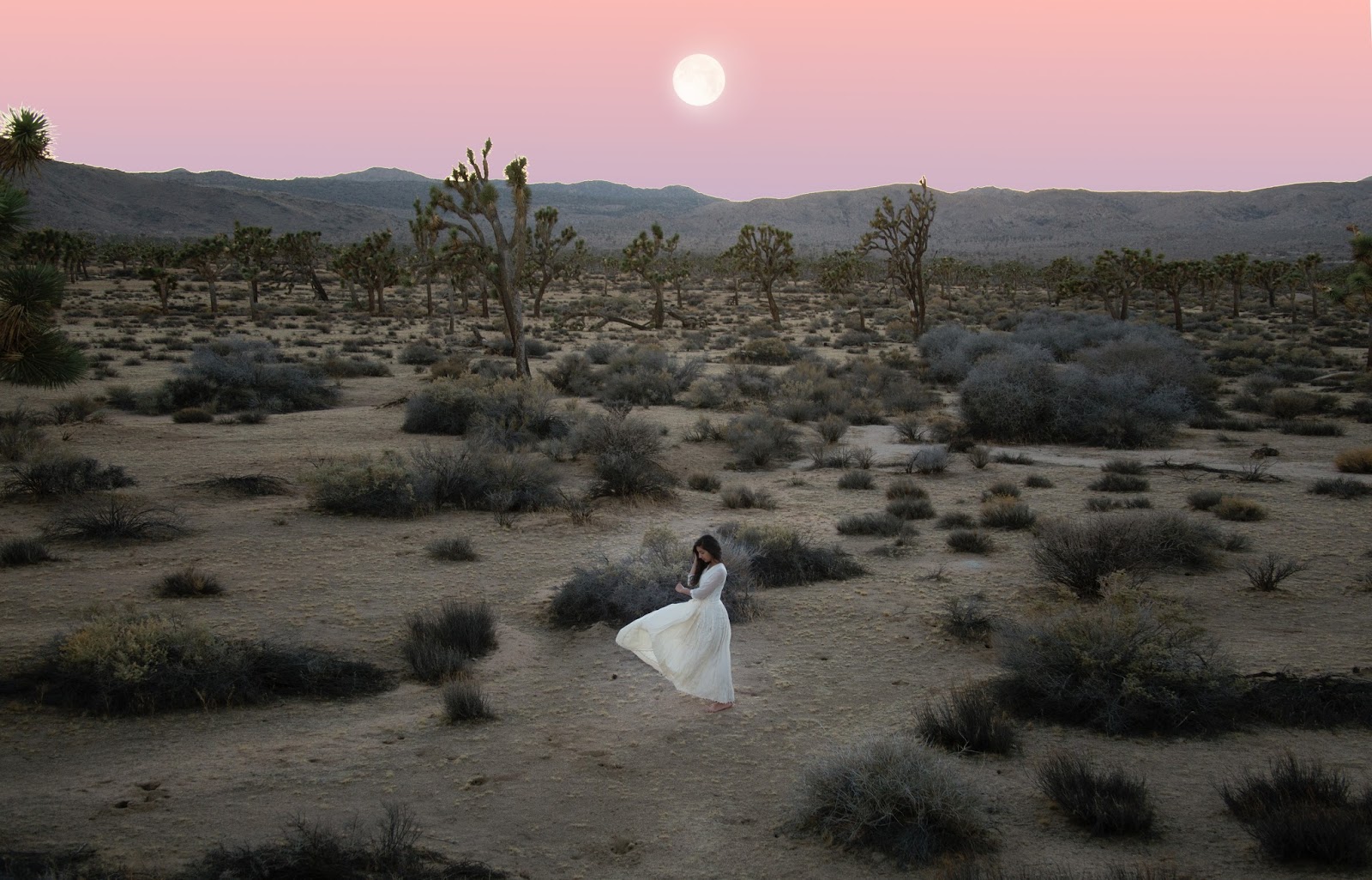
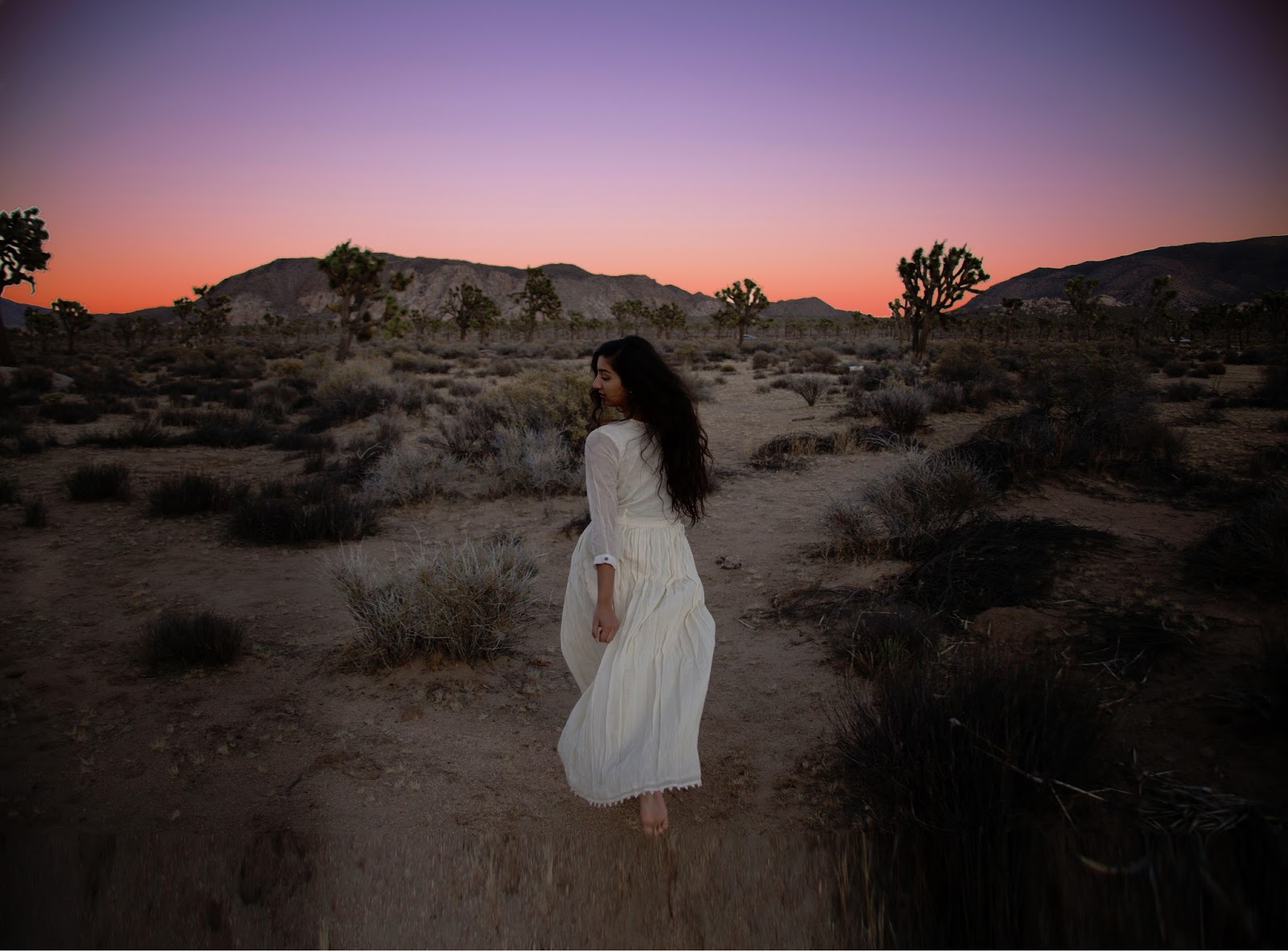
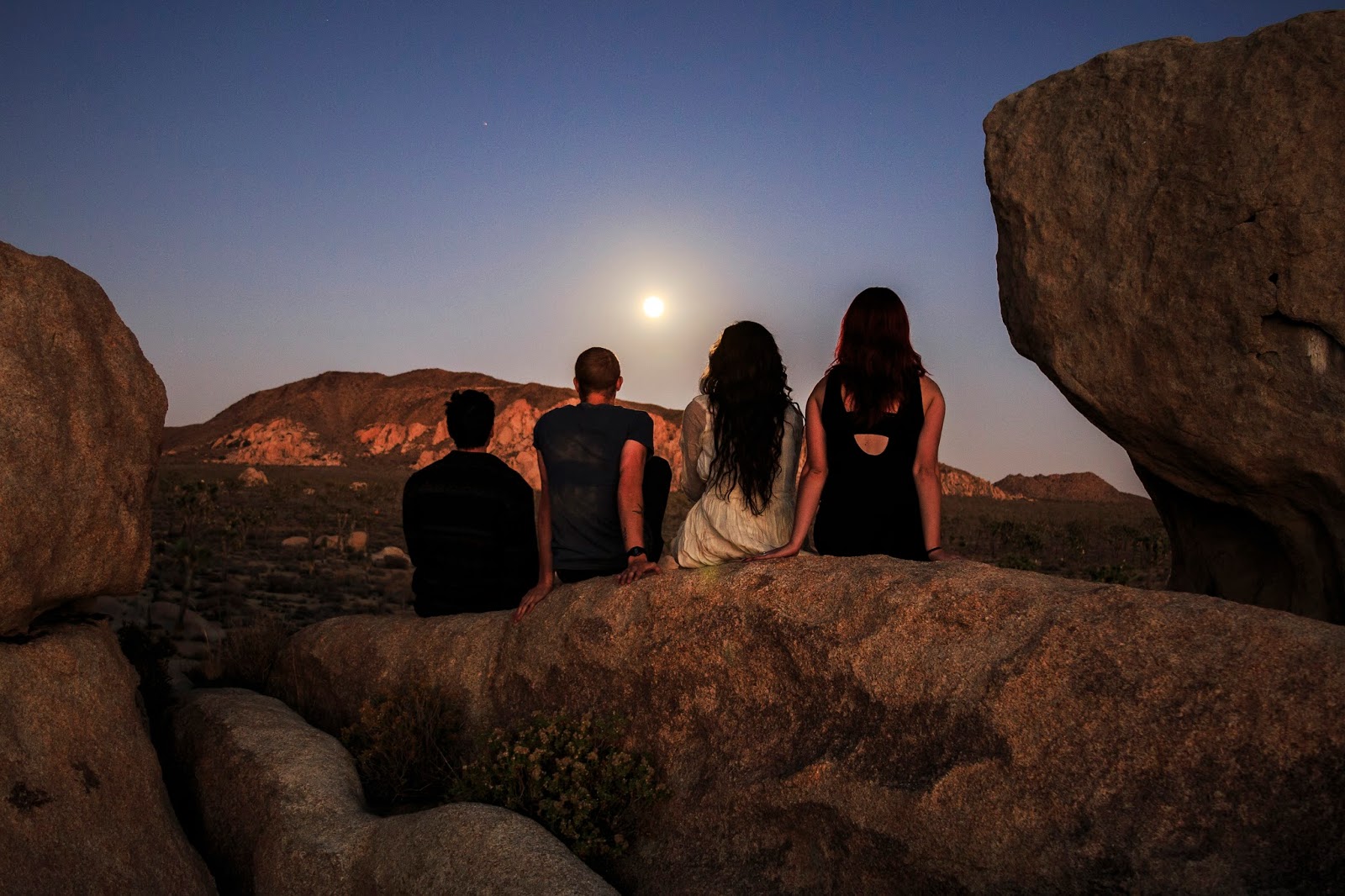
Sometimes we come back to realize how much there is to explore in our own backyards. It’s then that you should really venture out and travel around your surrounding areas.
This past November, I drove down to explore and shoot in Joshua Tree. Boy oh boy, I’m so lucky to live in a state as diverse as California, but it goes to show just how much lays in one’s own backyard.
Traditionally, vagabonding requires taking an extensive break from your “normal” life. However, you don’t have to travel the world to experience an adventure.
And there you have it, last year—2016. It was by no means perfect, and of course, these pictures showcase a highlight reel. But like most things, in hindsight we can see just how perfectly nuanced these experiences could be. To travel is to live a little, folks.
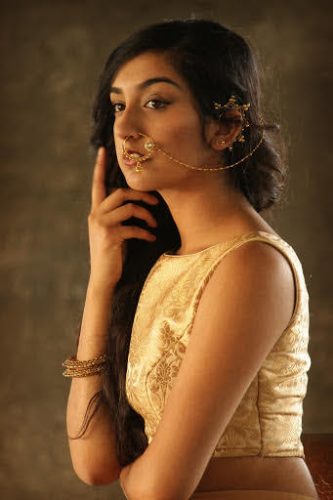 As a writer, blogger, and Fine Art and Fashion Photographer, Aditi Mayer’s work explores the crossroads of artistic expression, culture, and social action. Meshing ethics with aesthetics, you can find her on her blog, ADIMAY.com, or on Instagram.com/AditiMayer.
As a writer, blogger, and Fine Art and Fashion Photographer, Aditi Mayer’s work explores the crossroads of artistic expression, culture, and social action. Meshing ethics with aesthetics, you can find her on her blog, ADIMAY.com, or on Instagram.com/AditiMayer.




